You can trust Cyclingnews
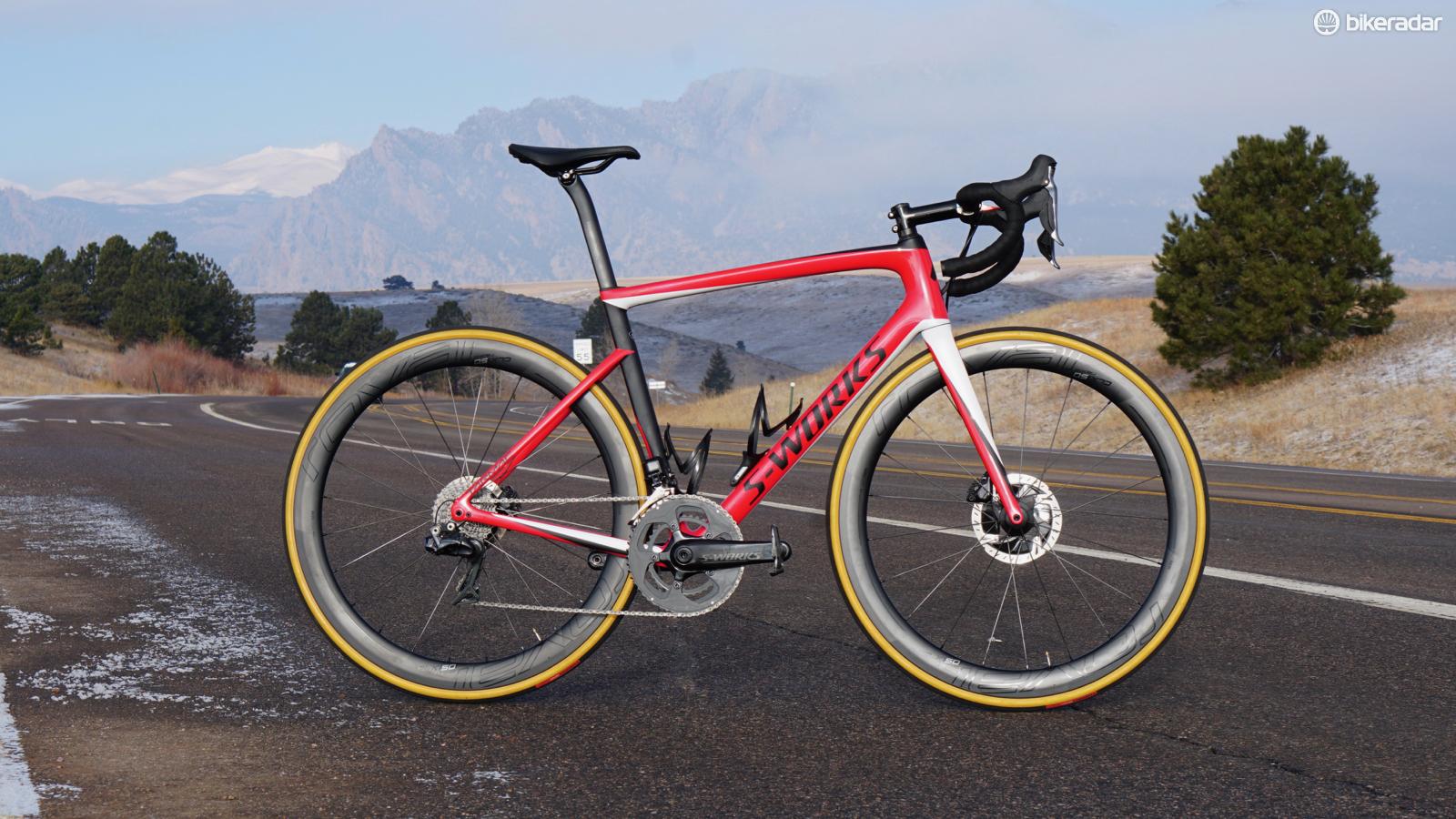
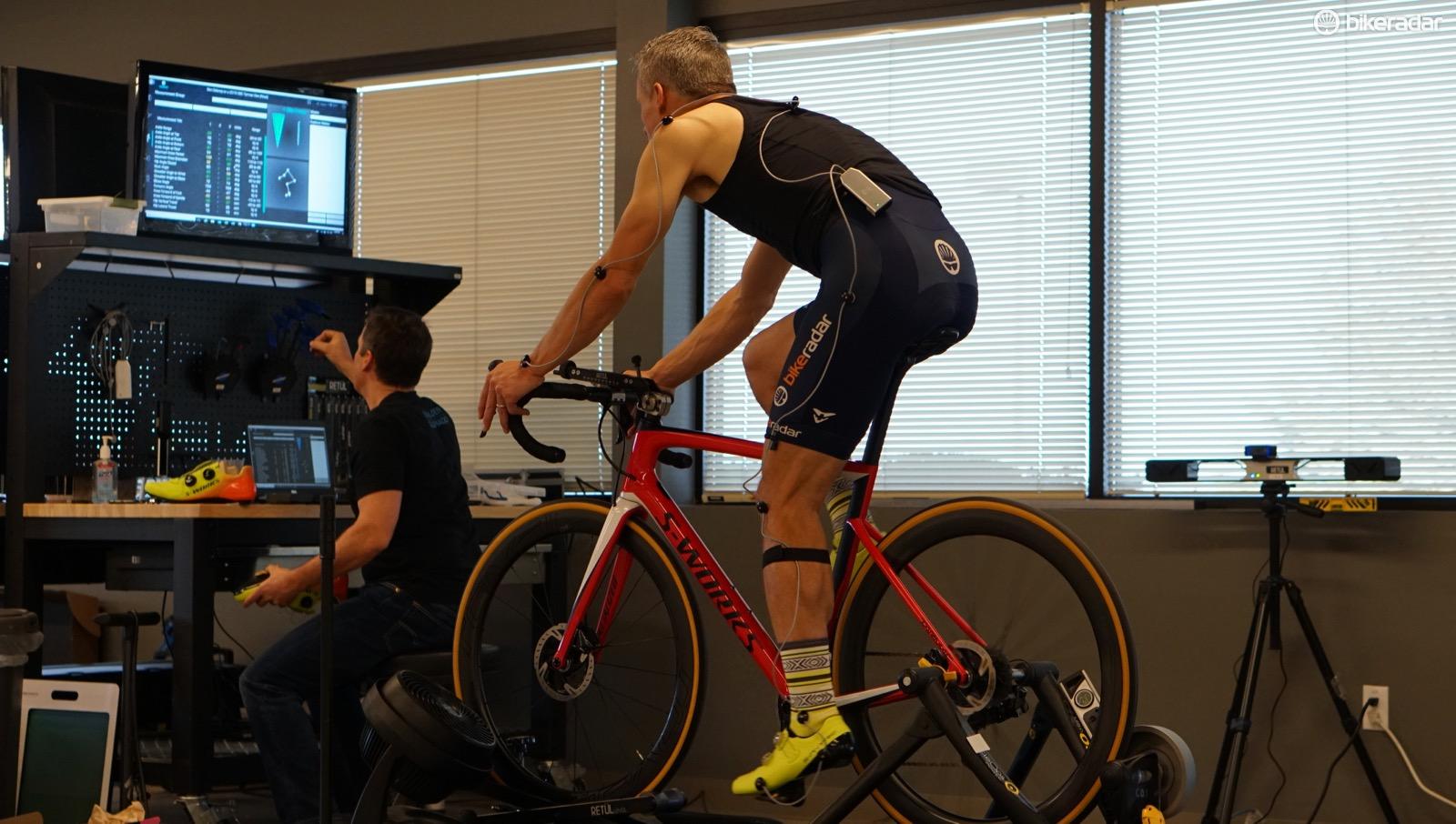
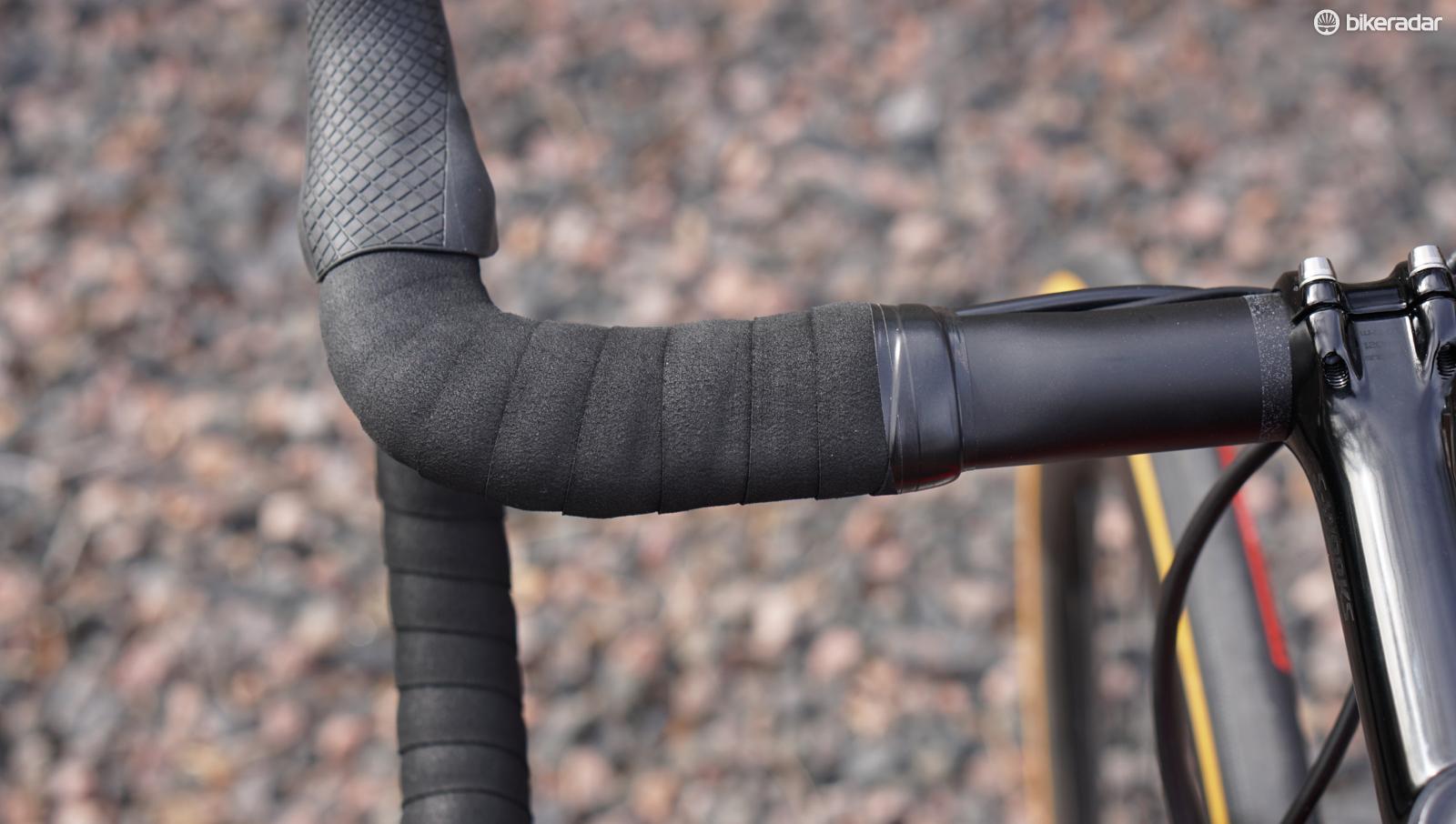
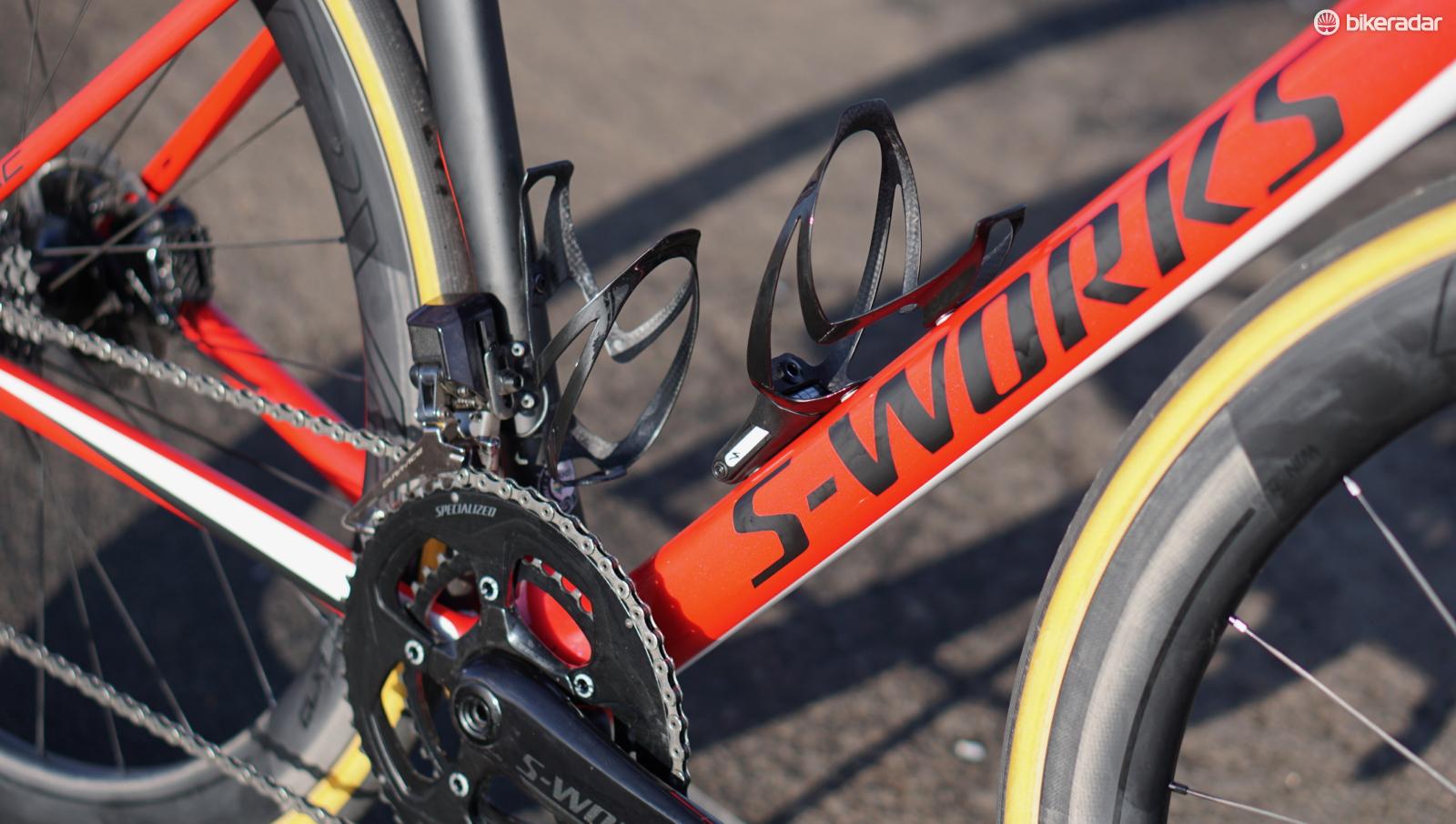
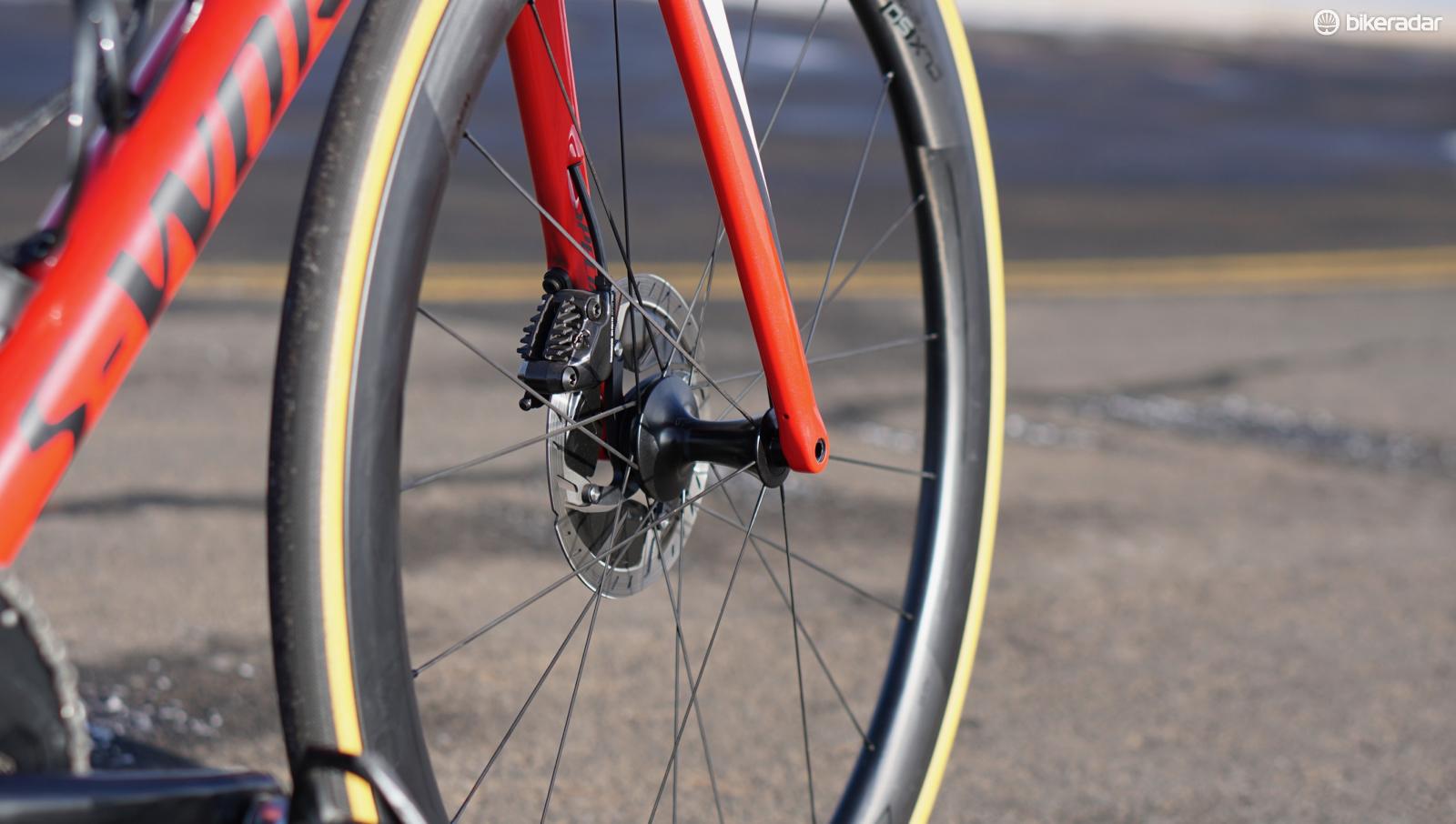
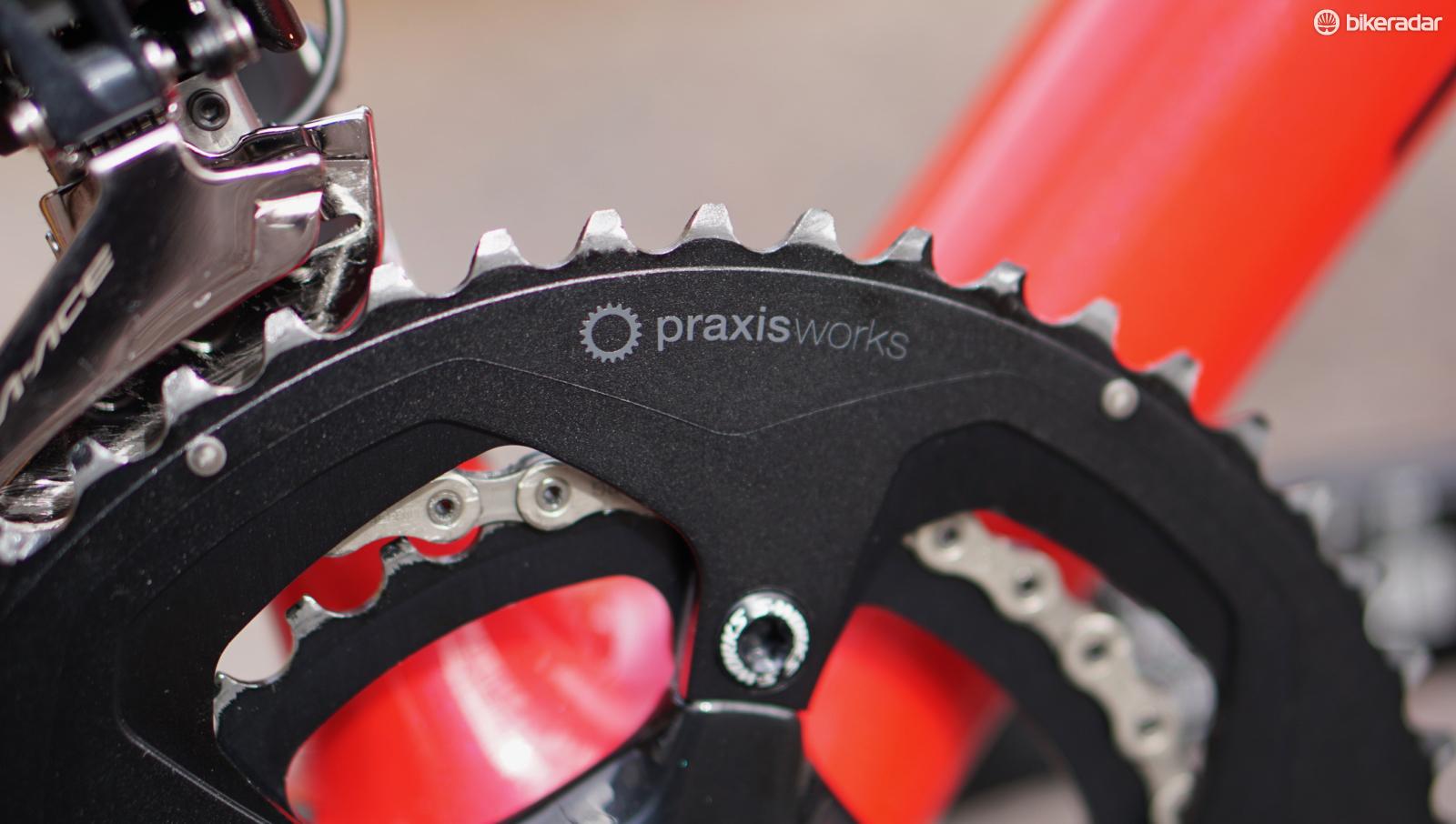
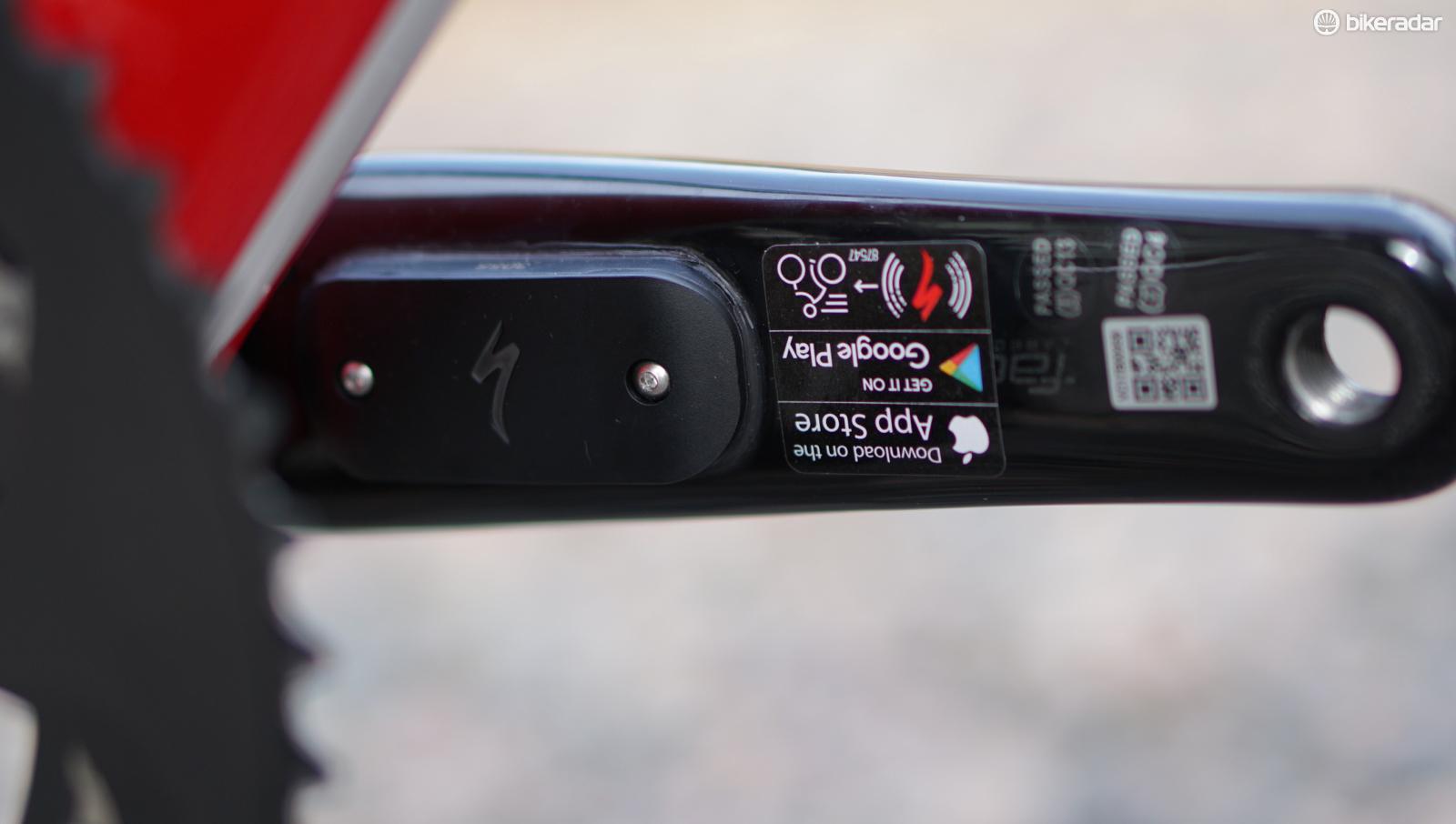
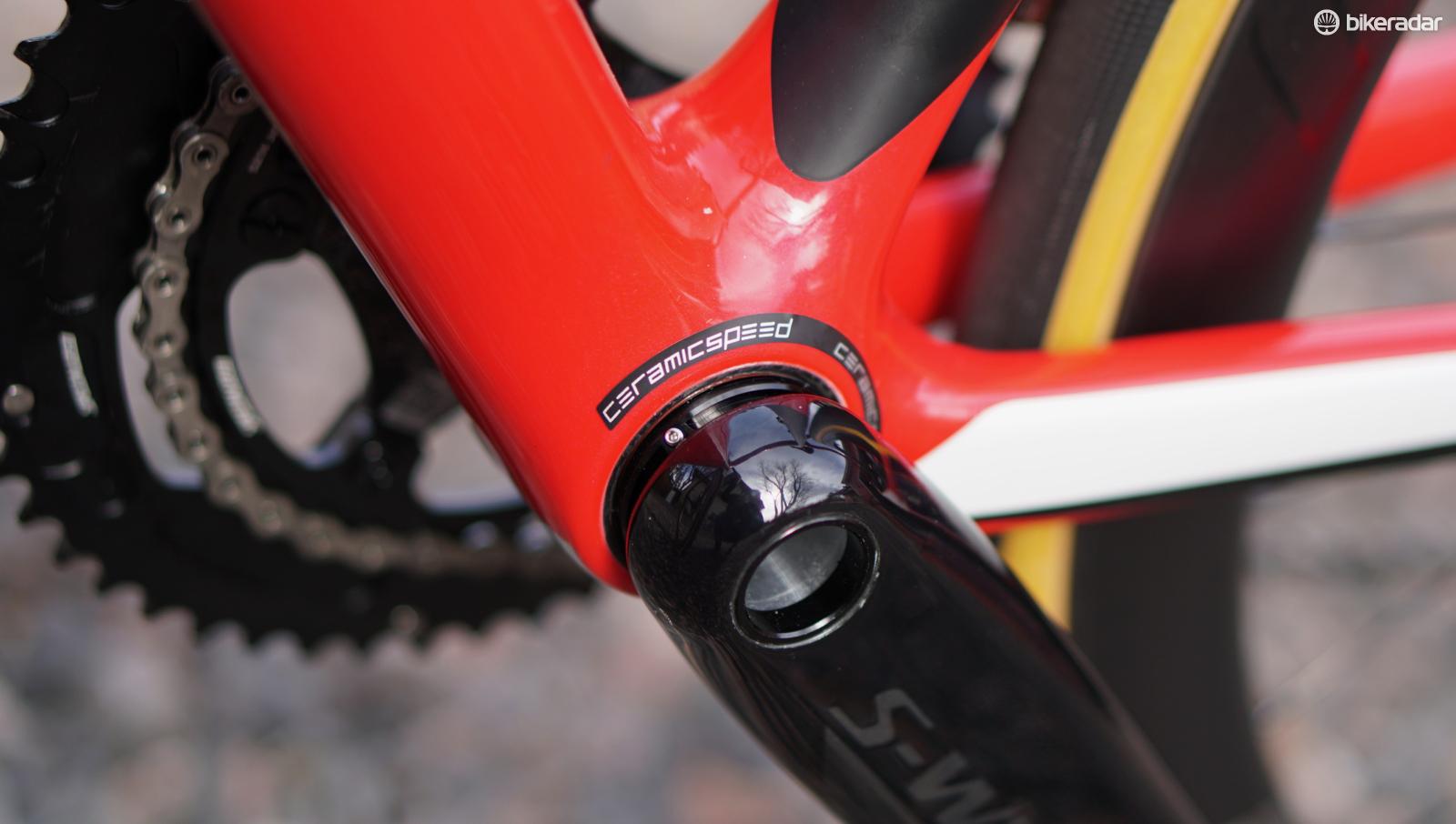
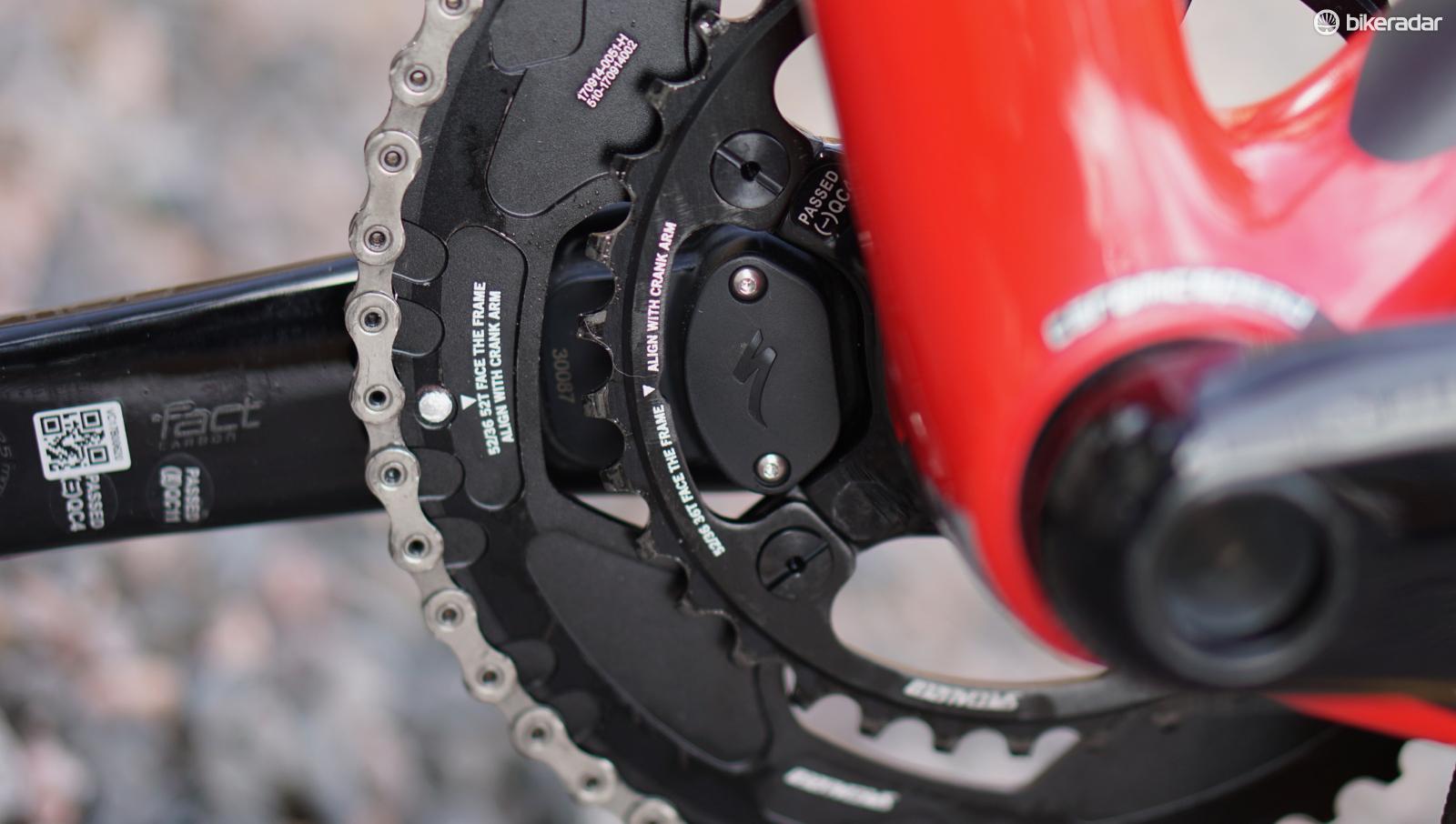
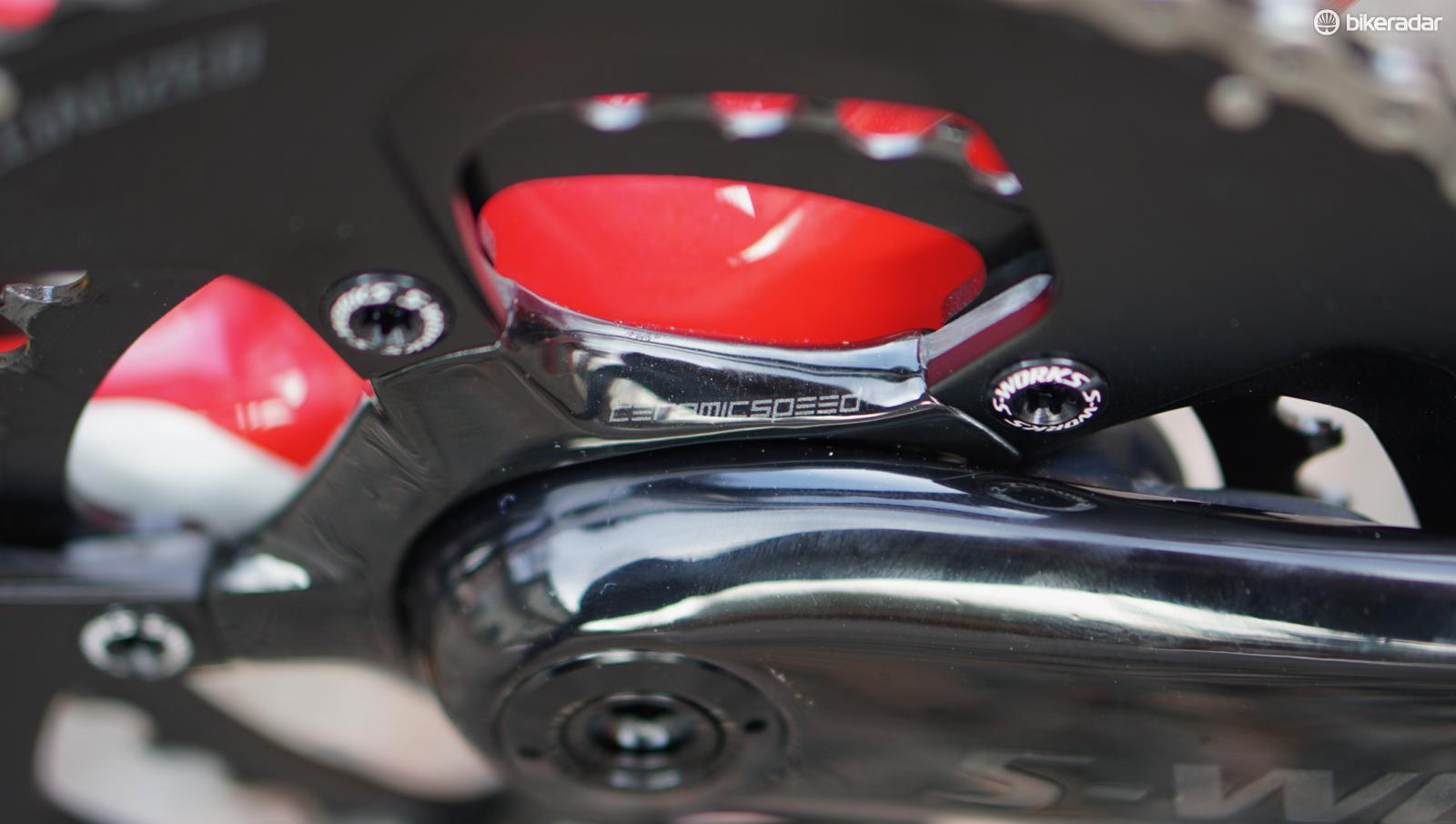
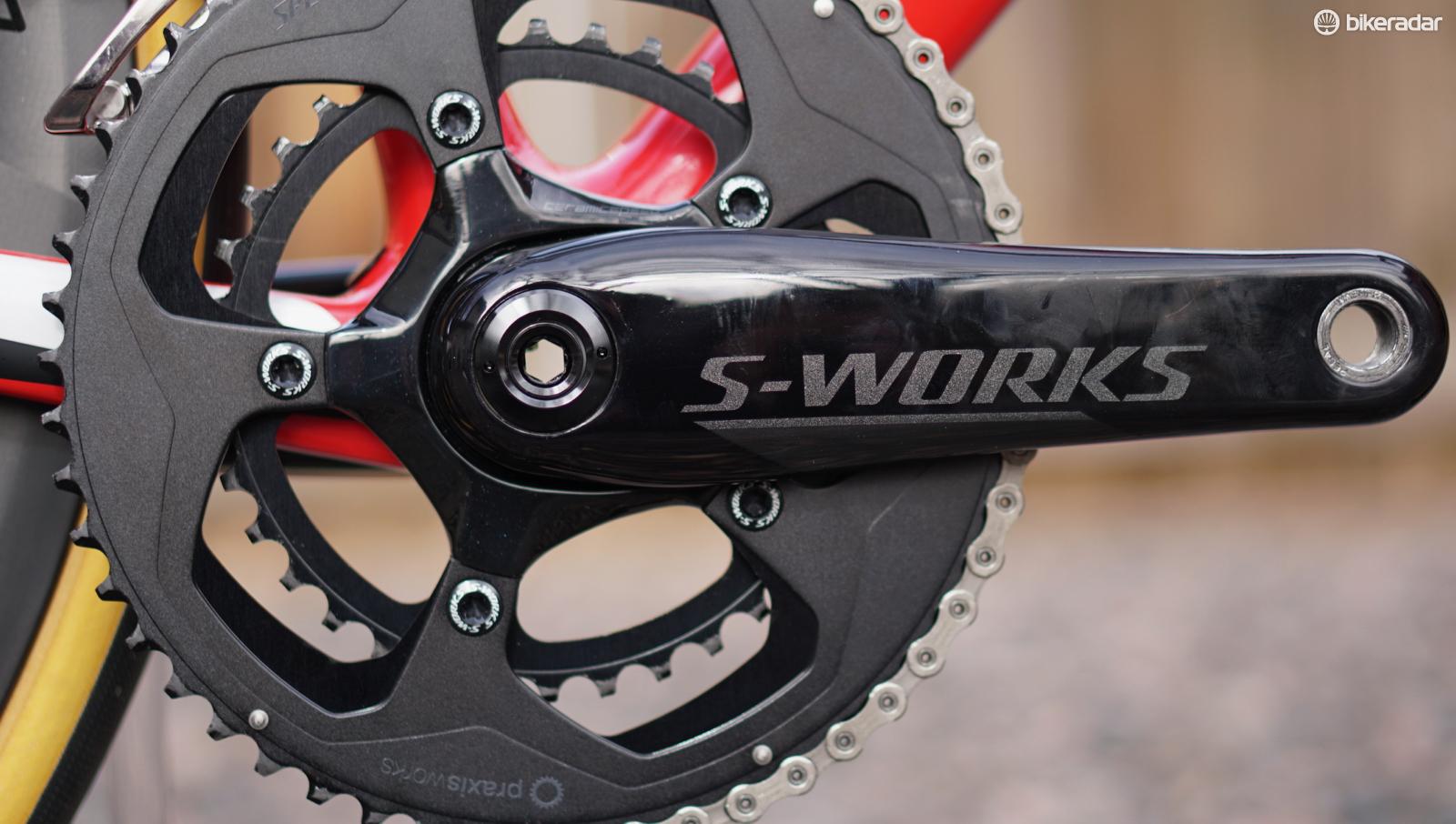
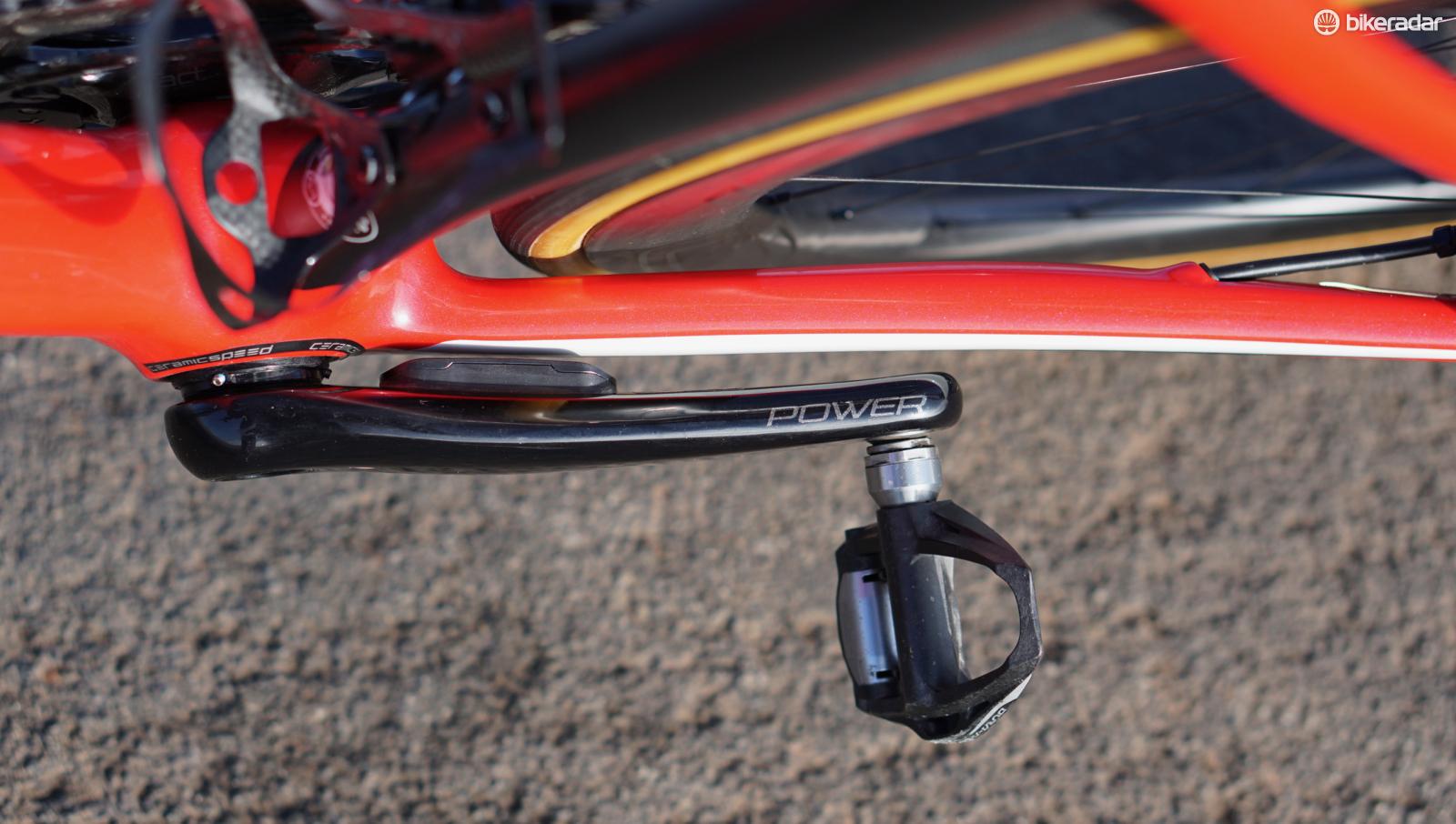
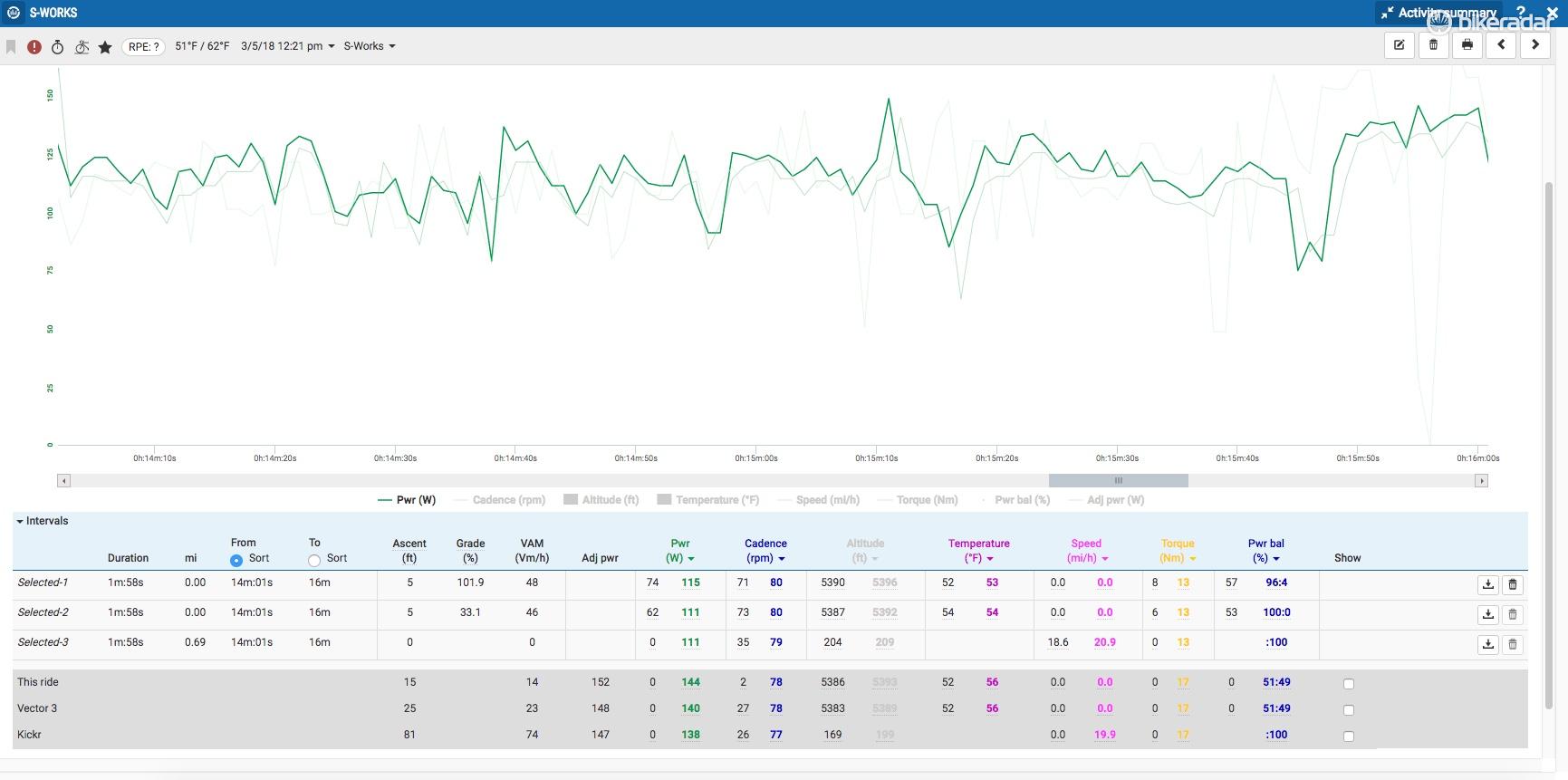
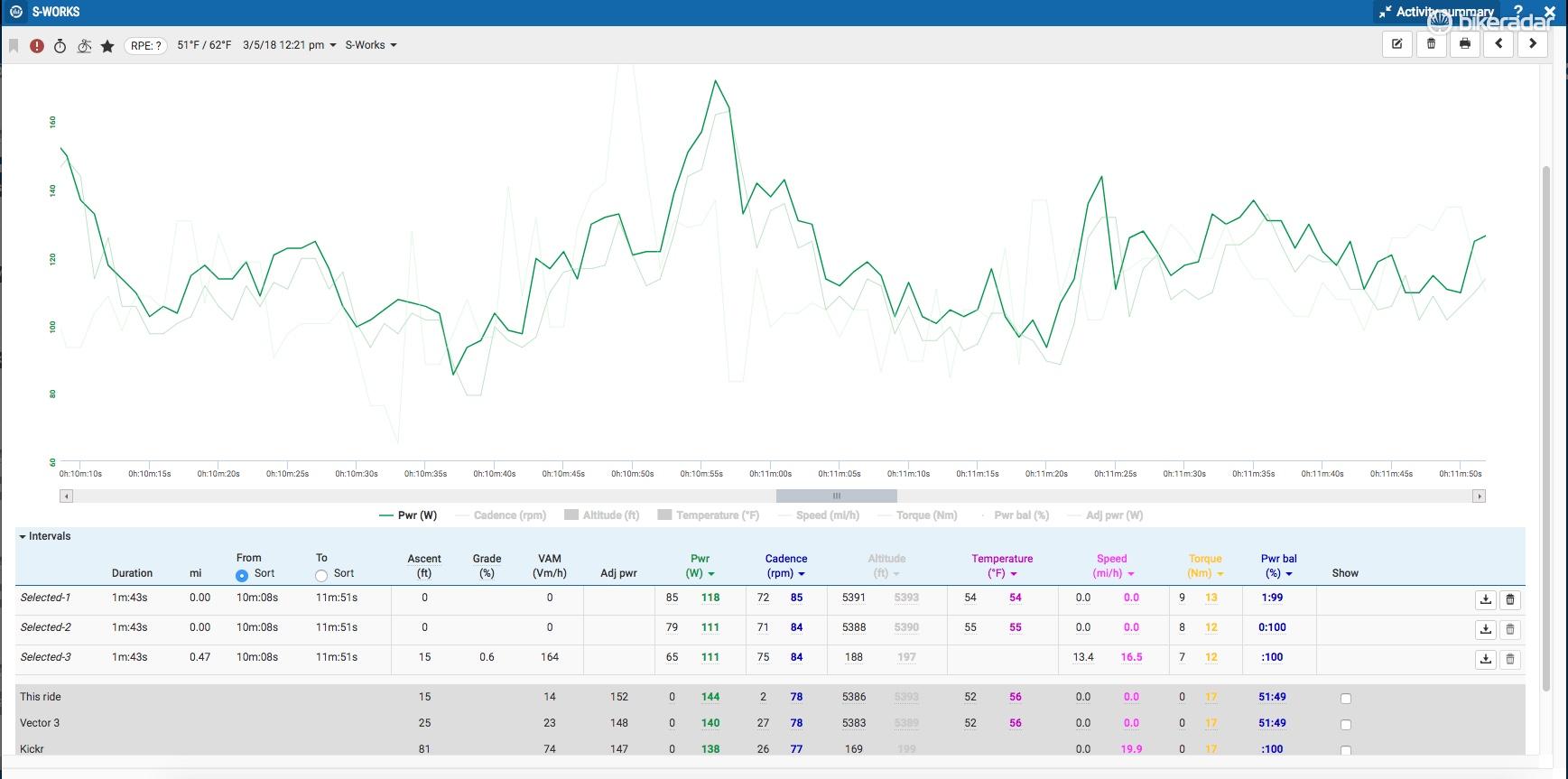
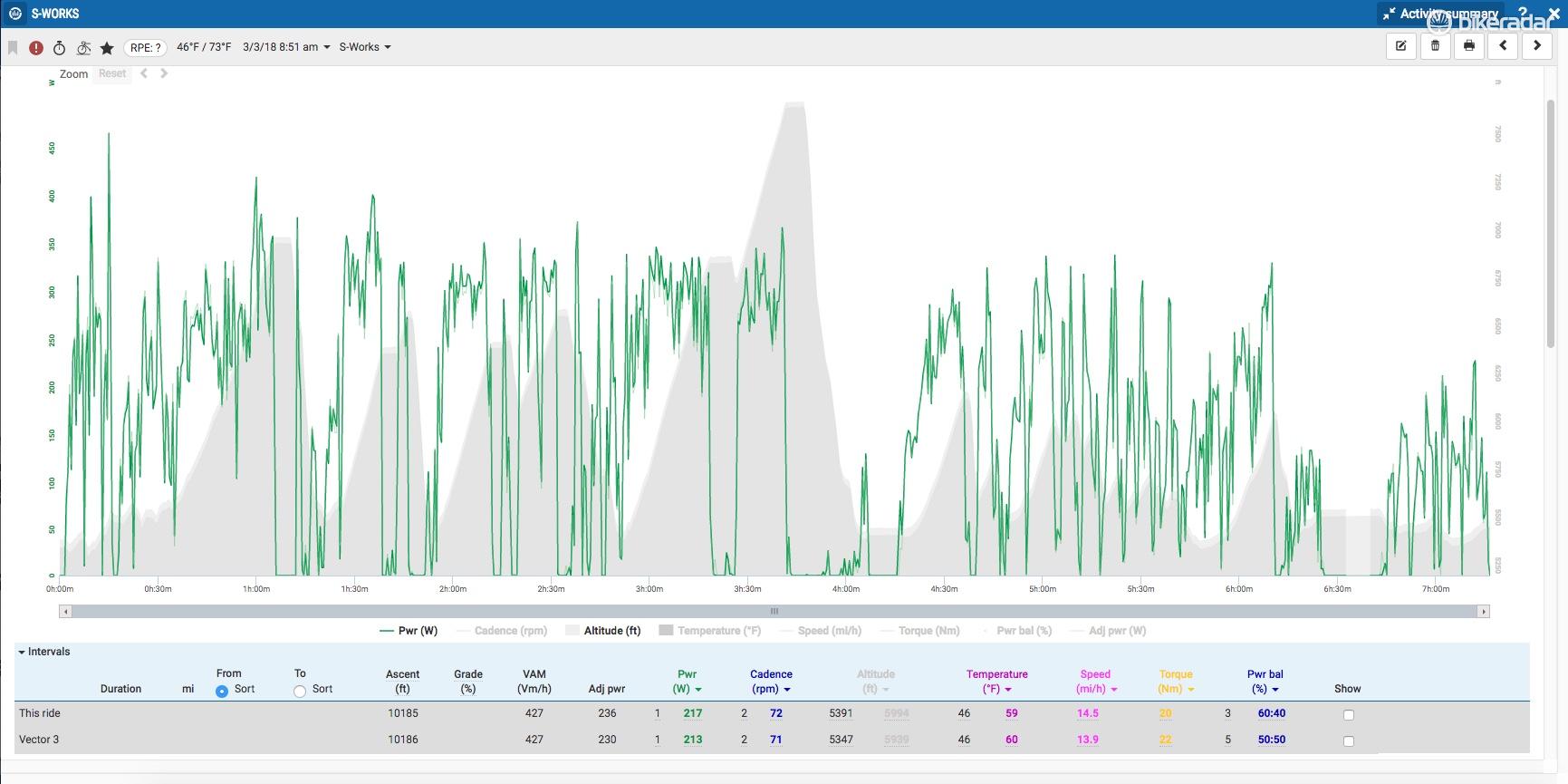
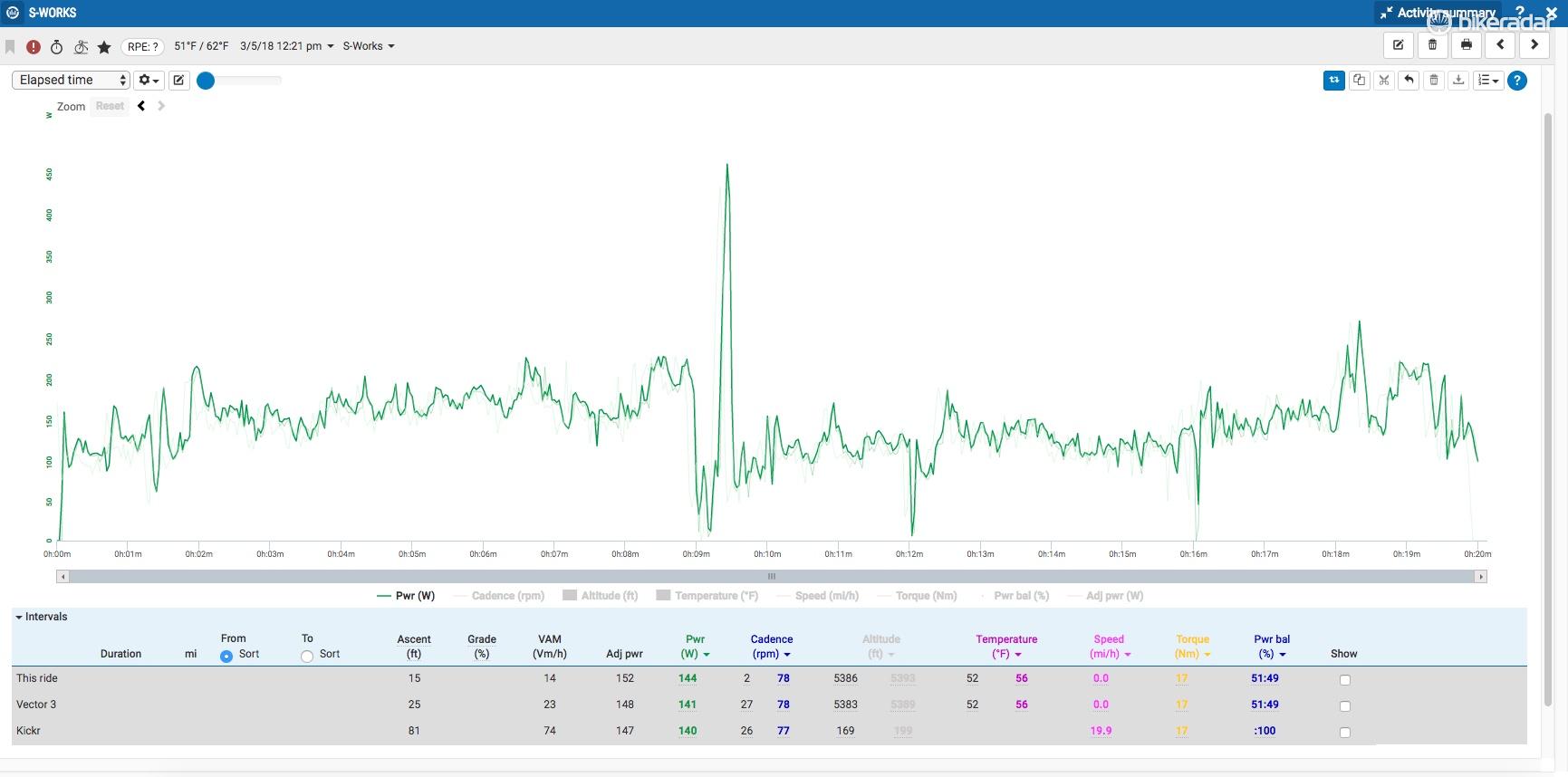
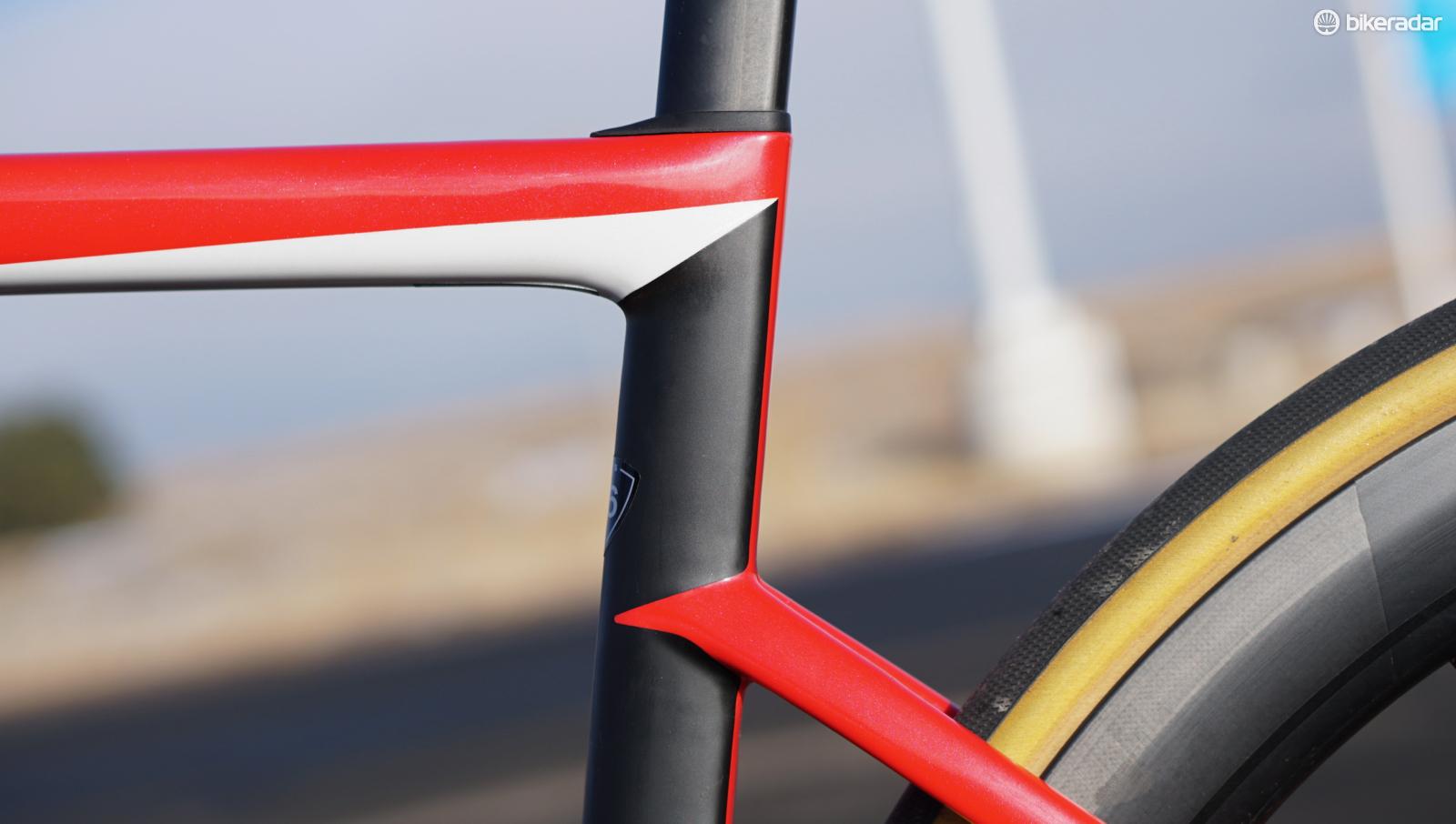
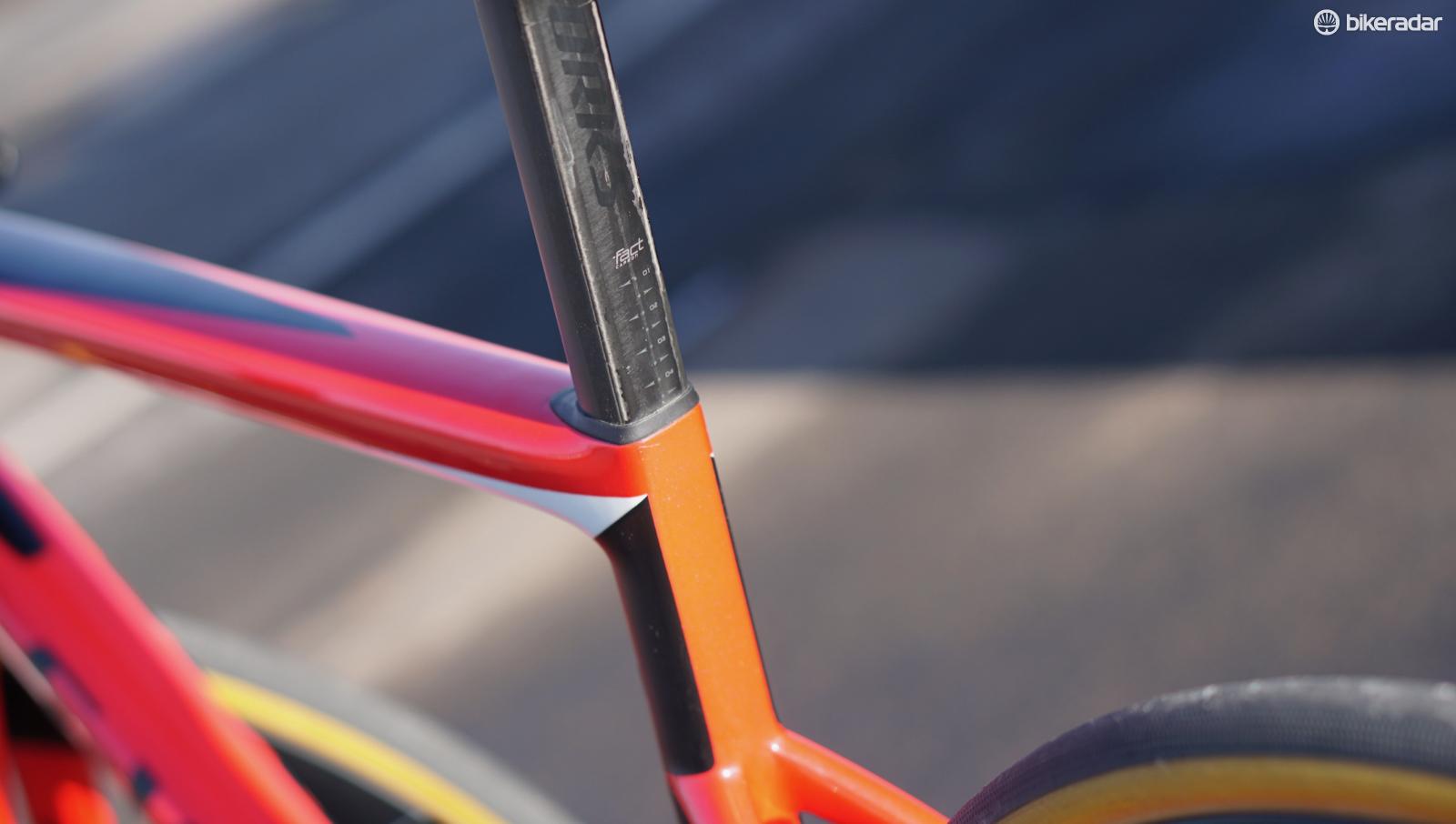
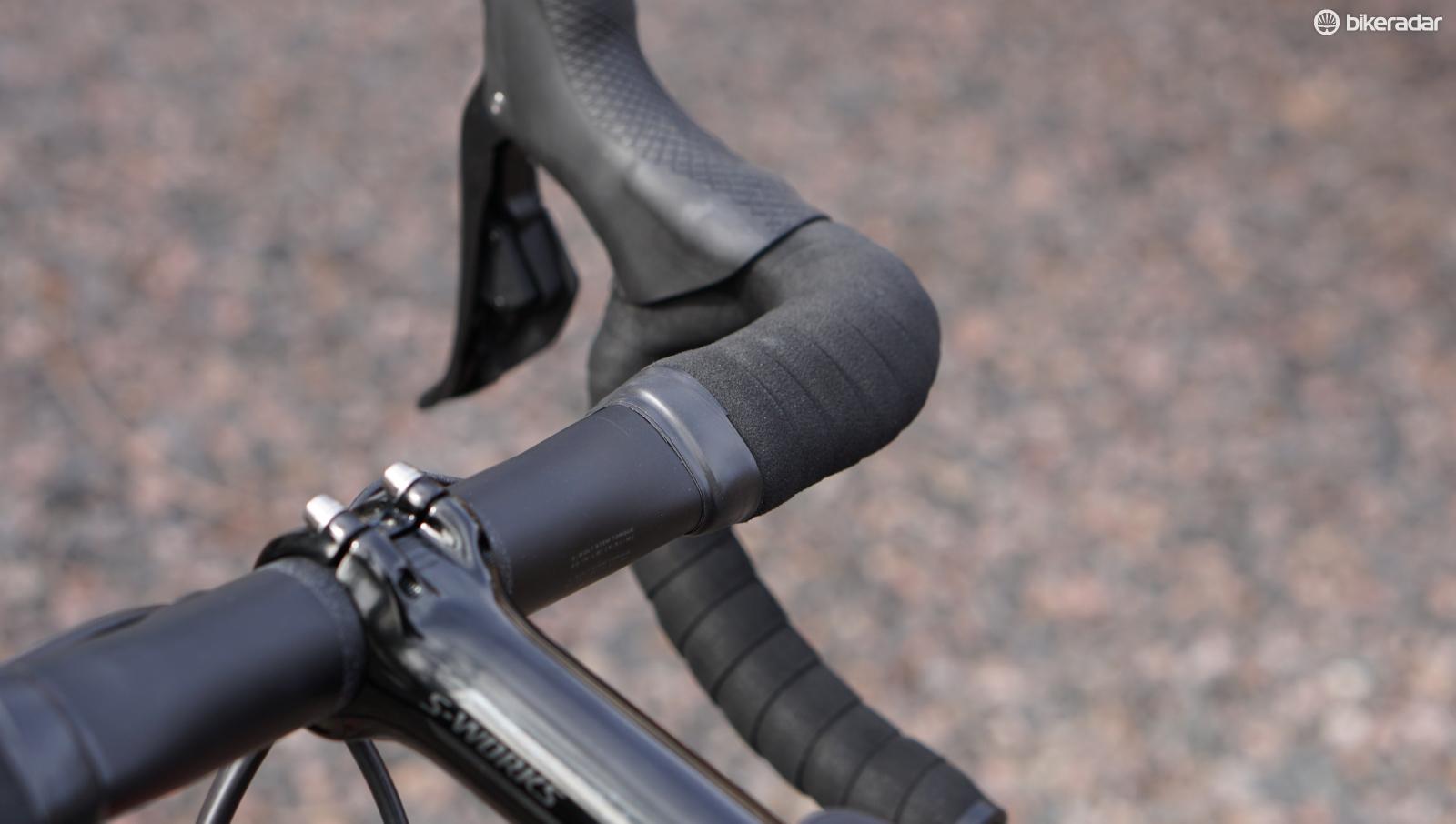
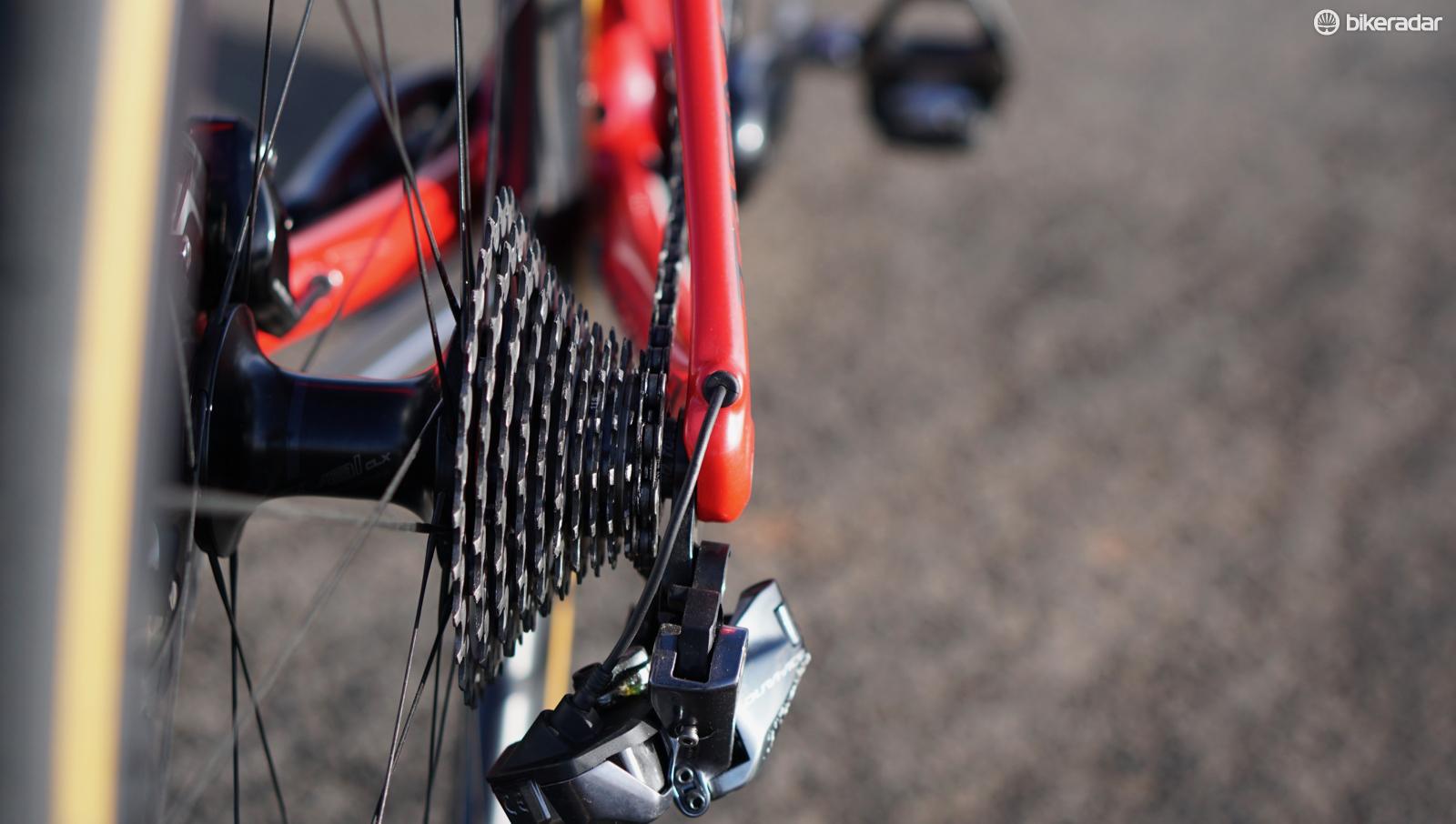
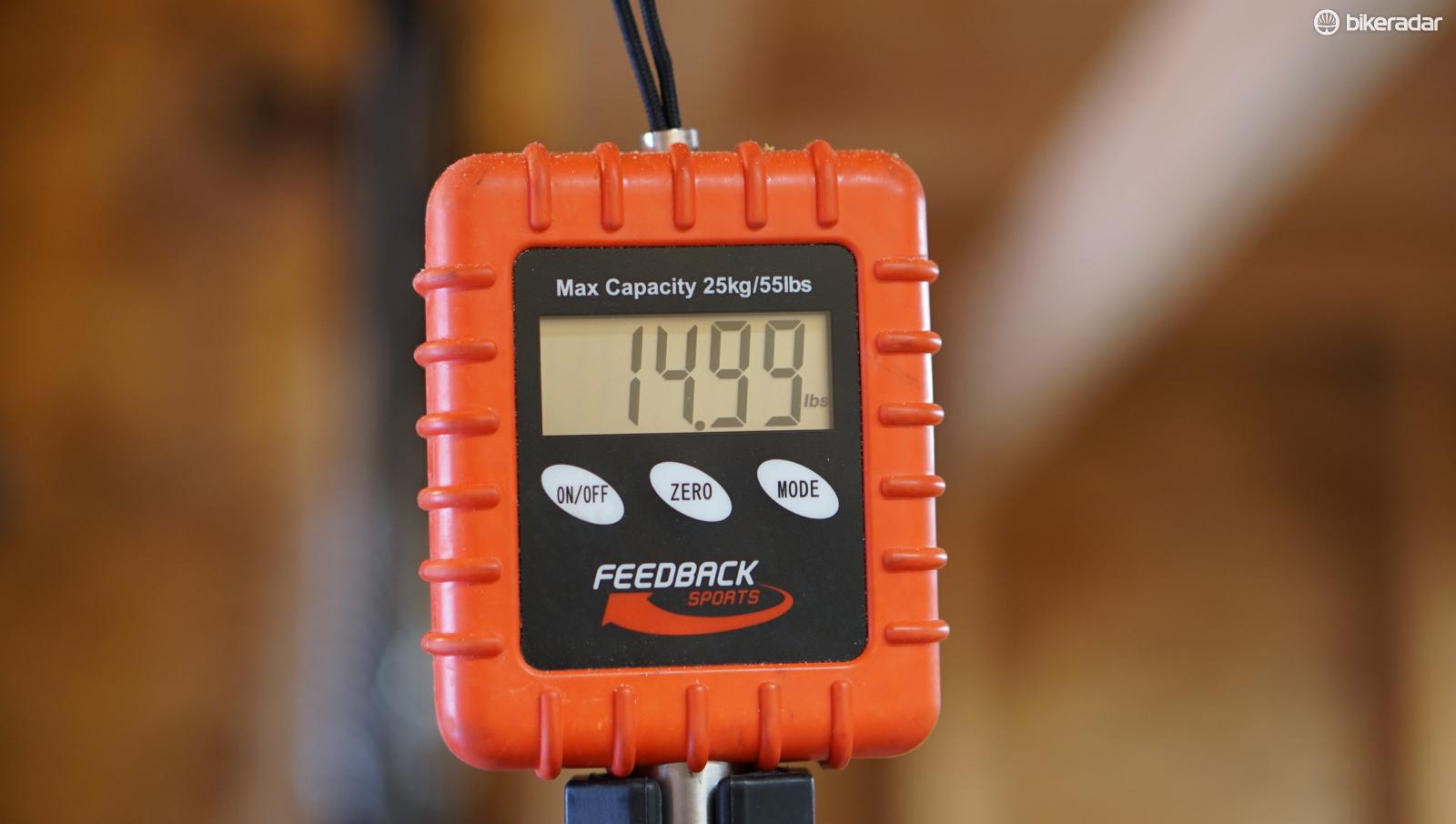
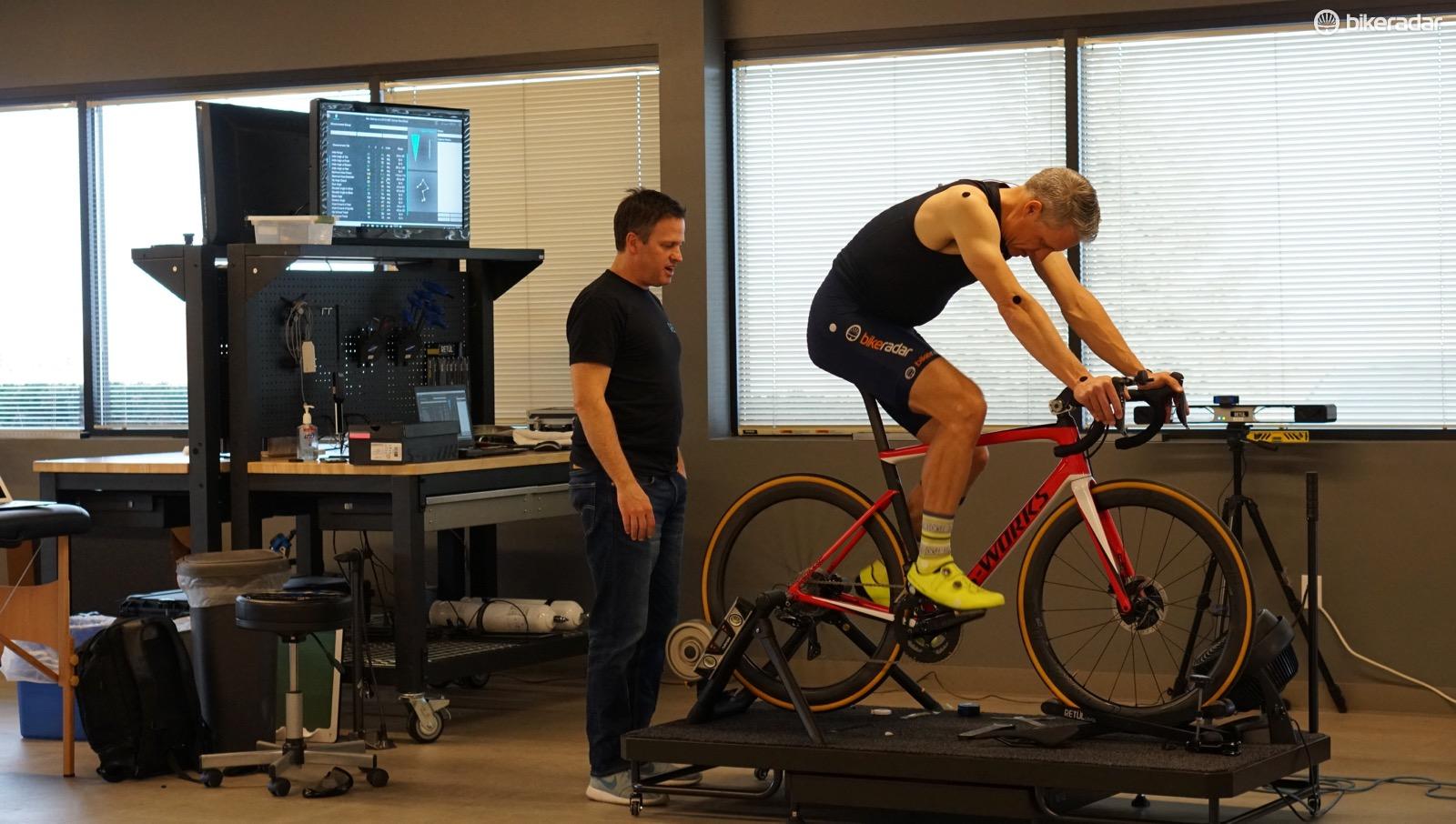
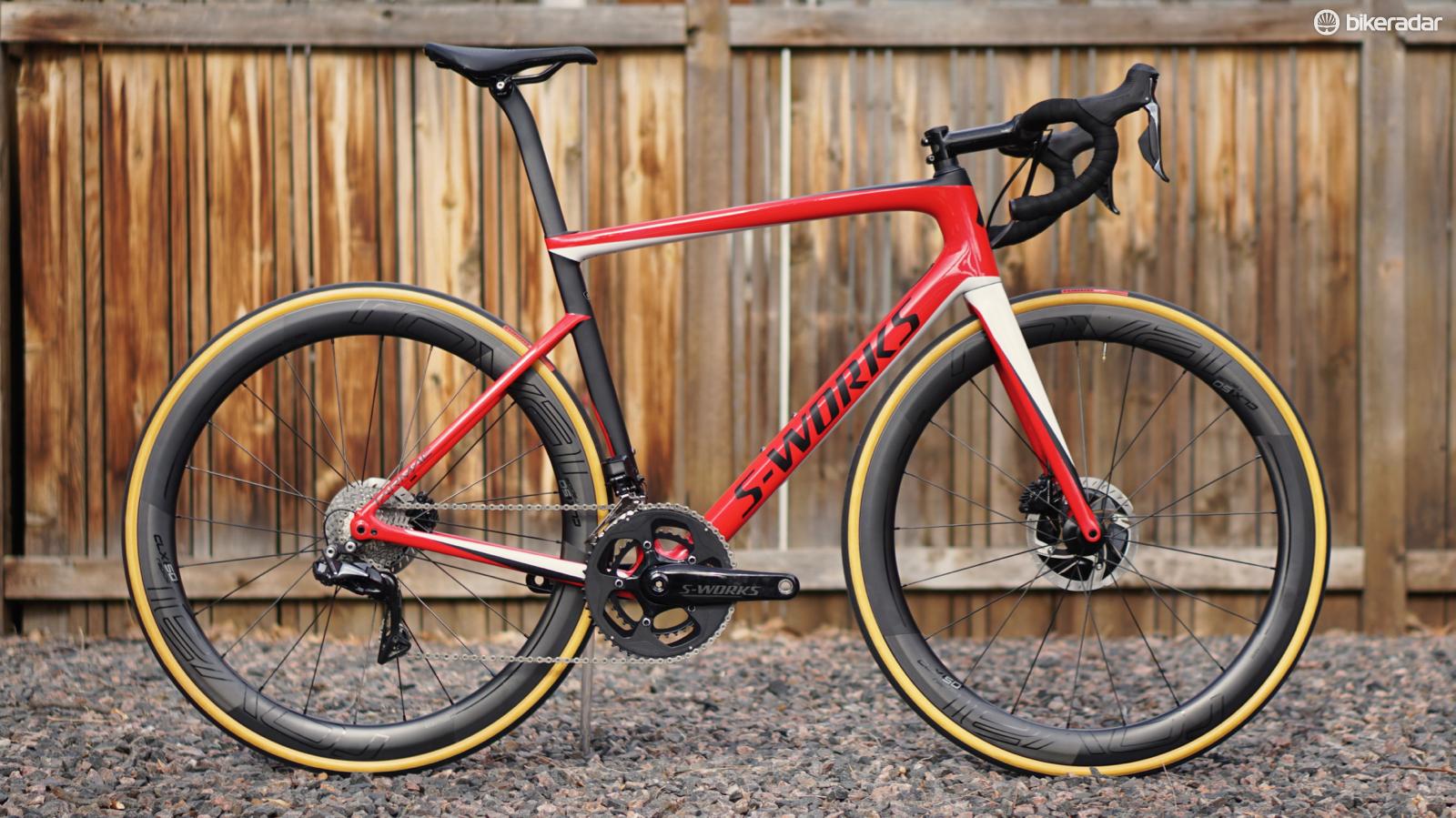
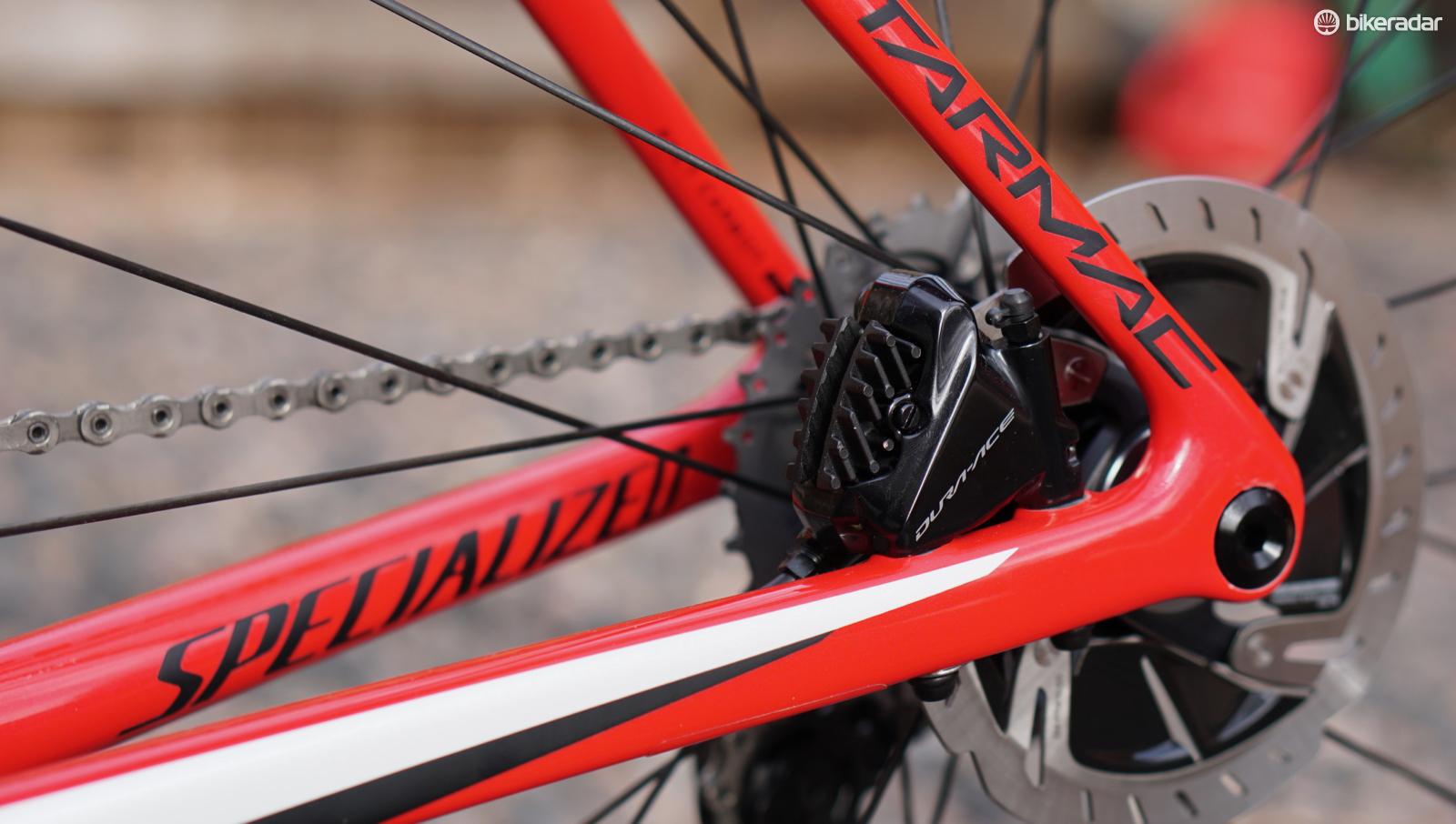
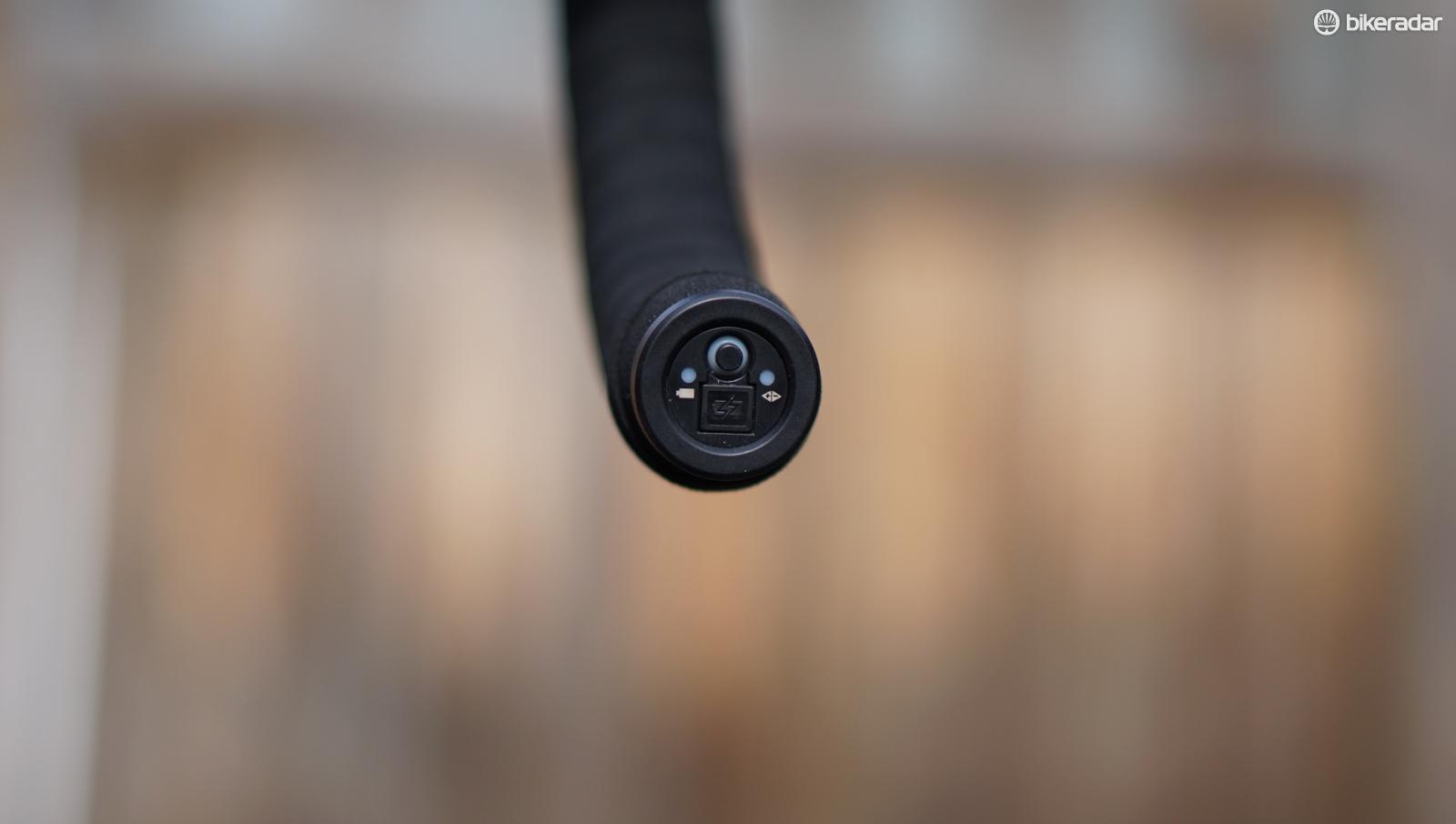
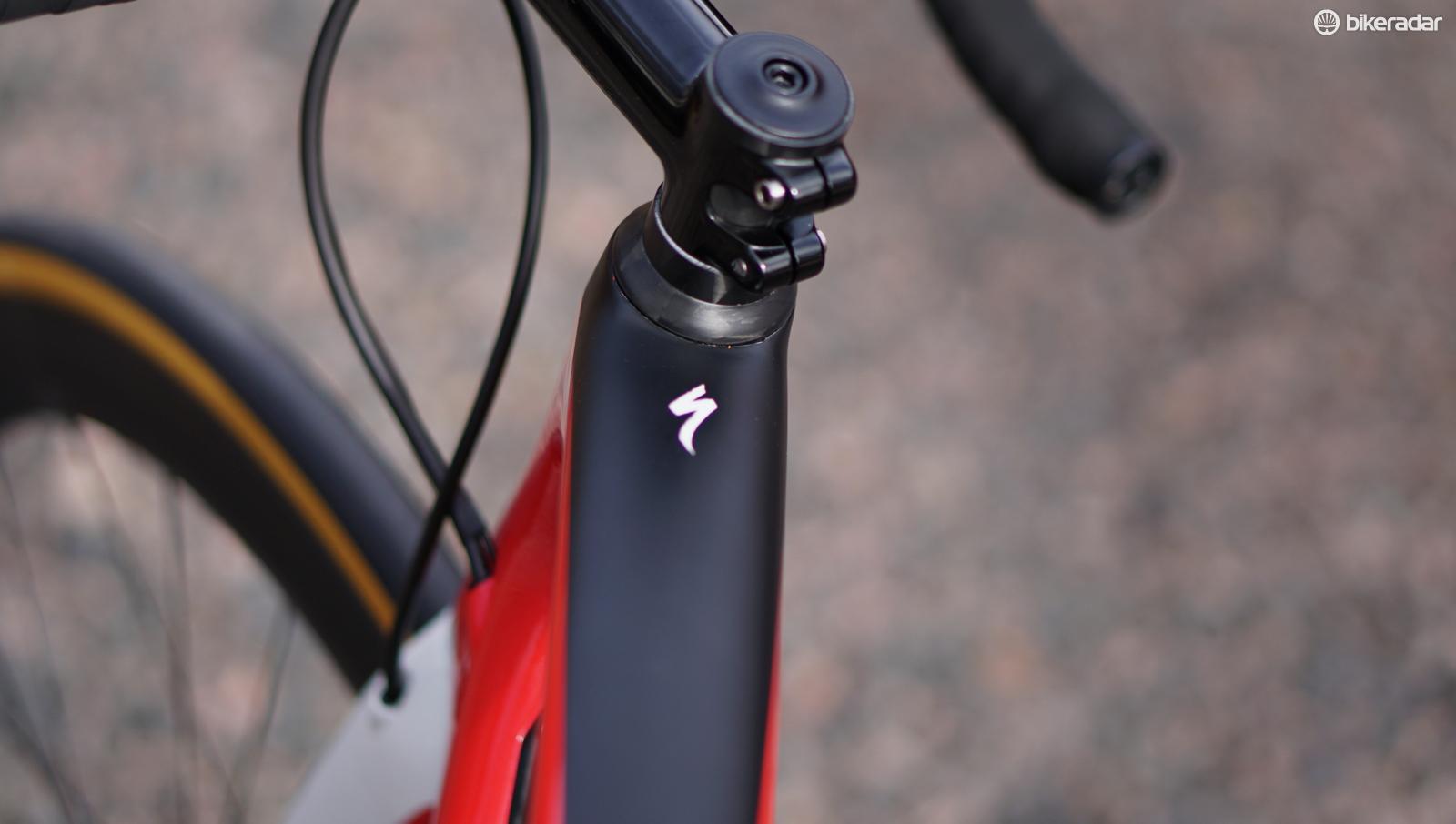
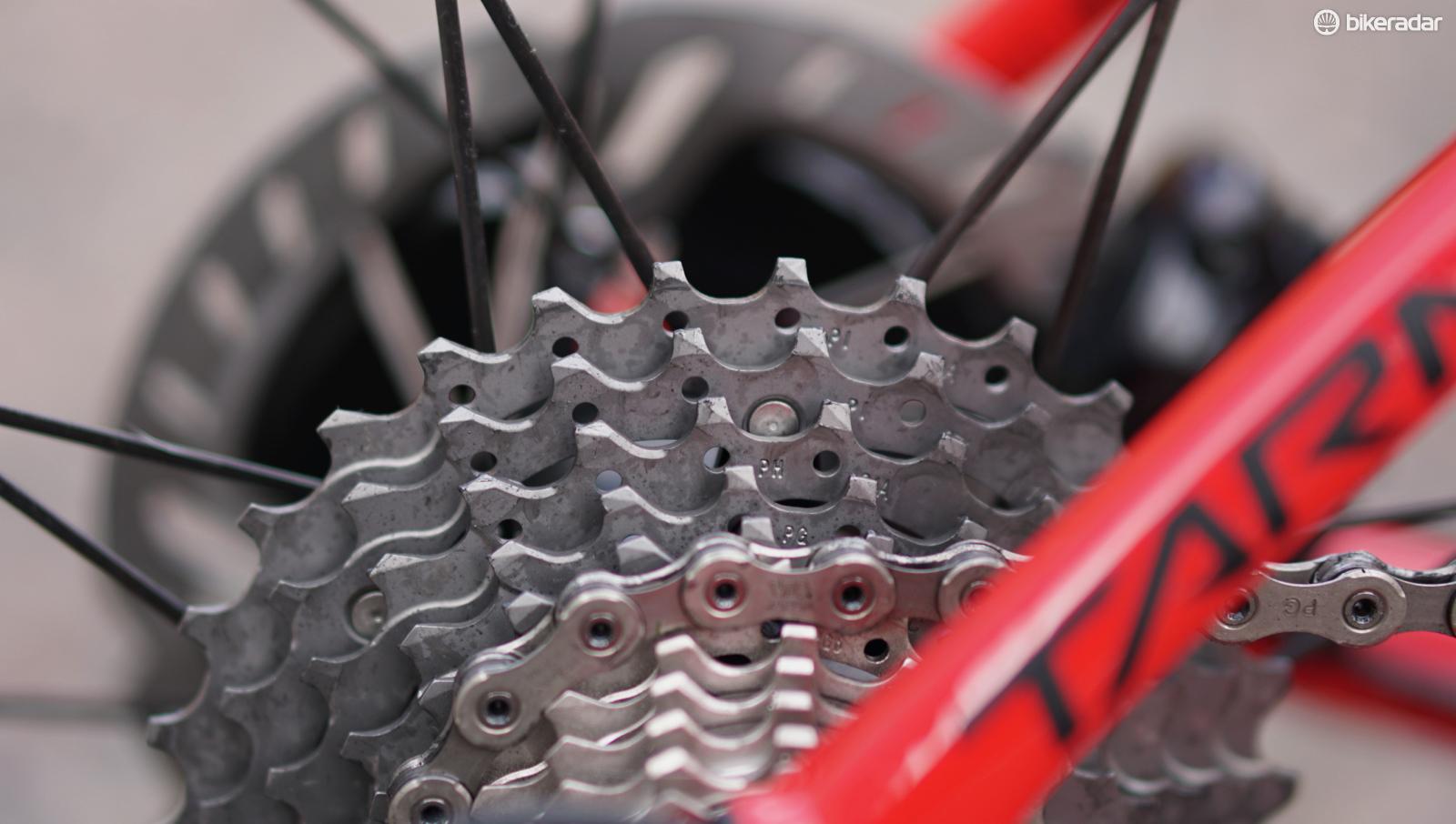
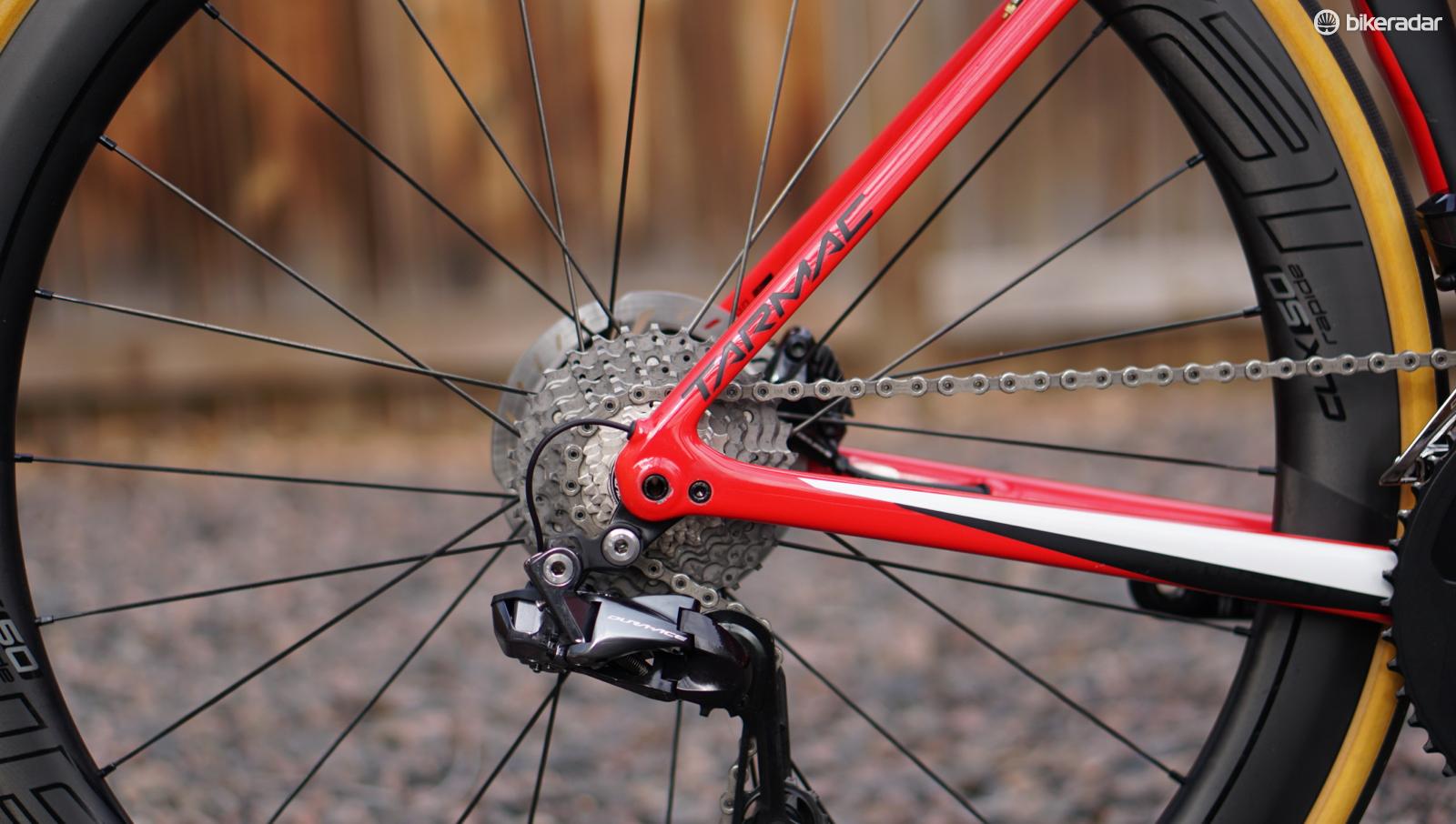
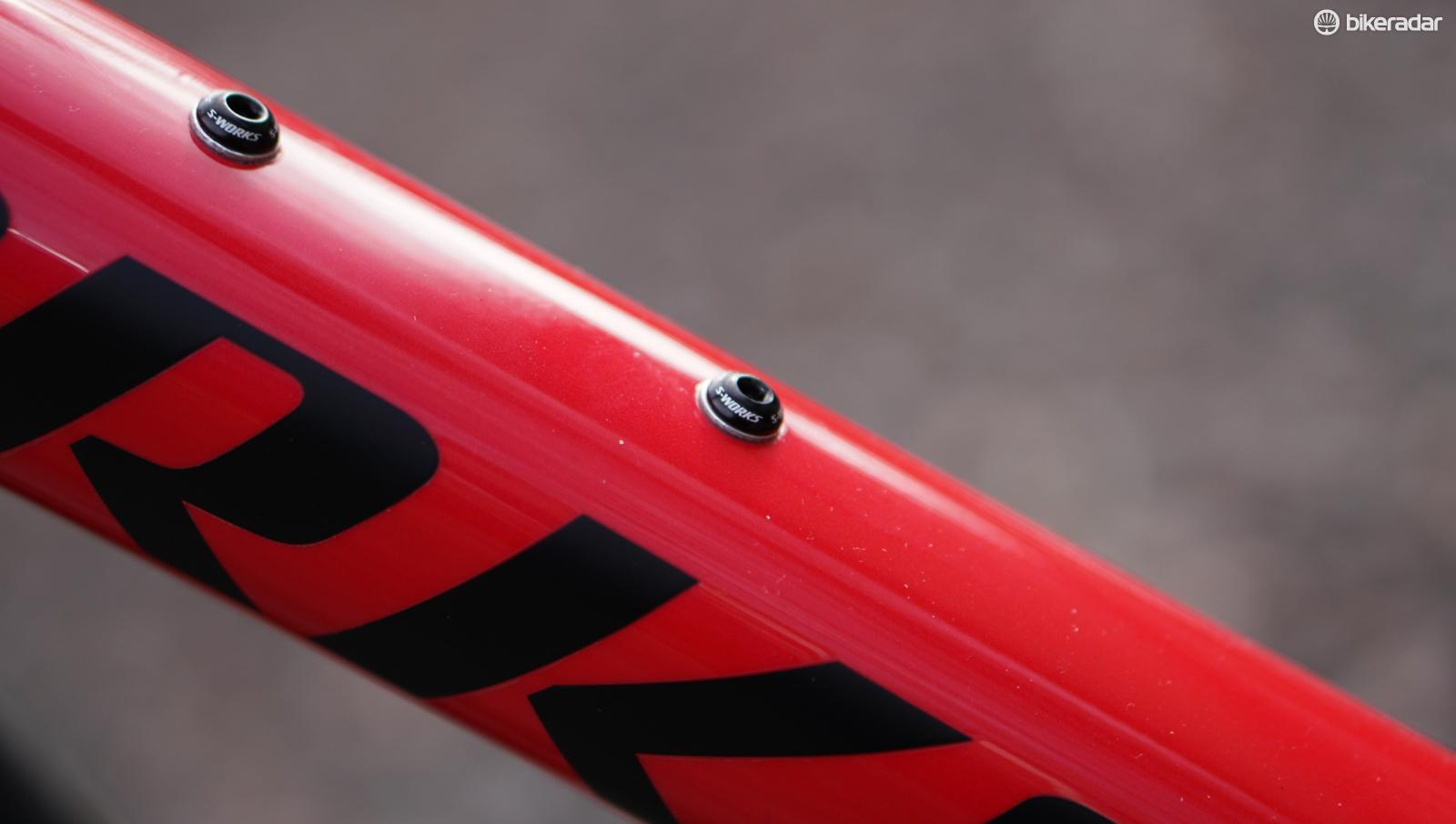
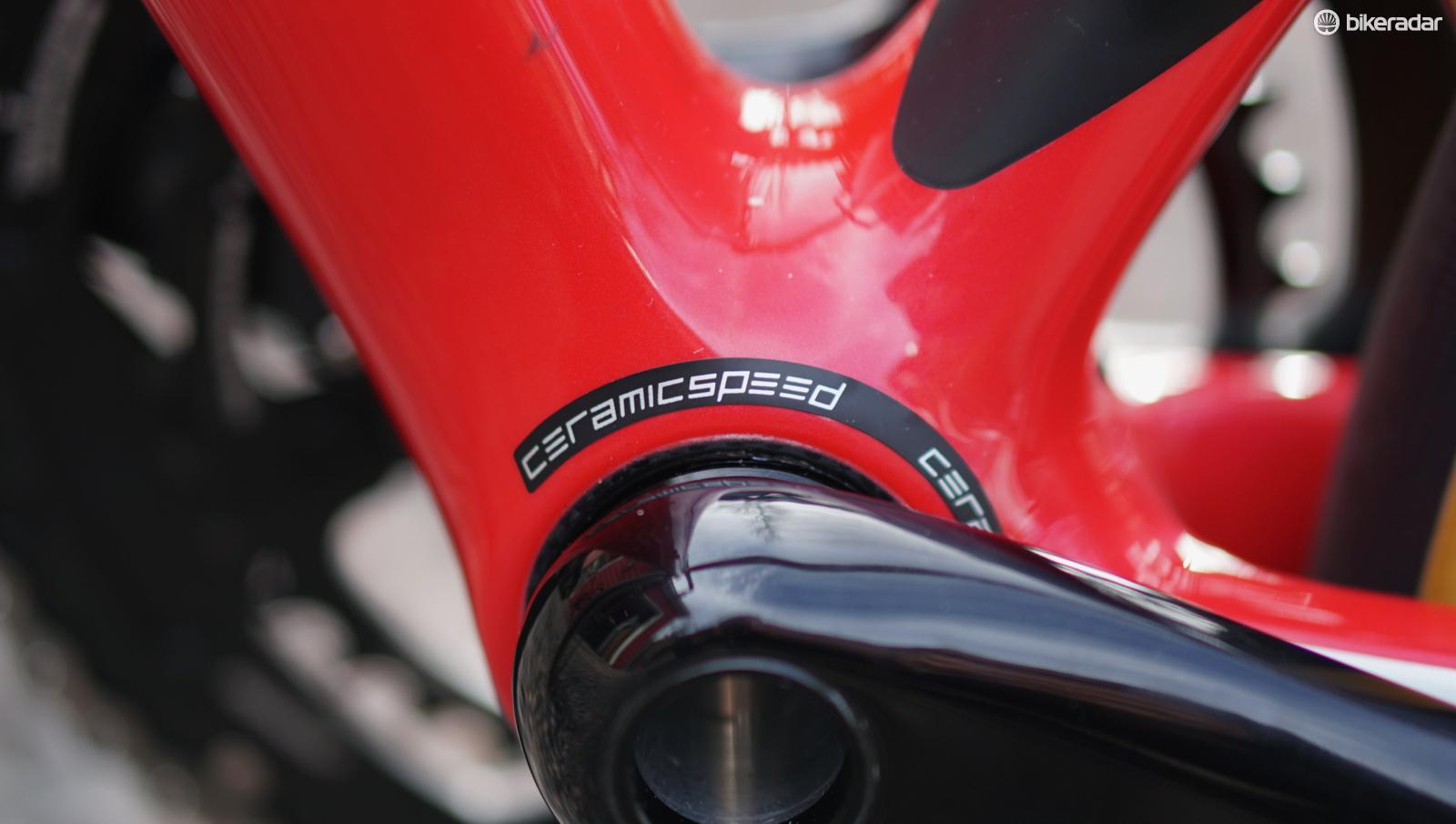
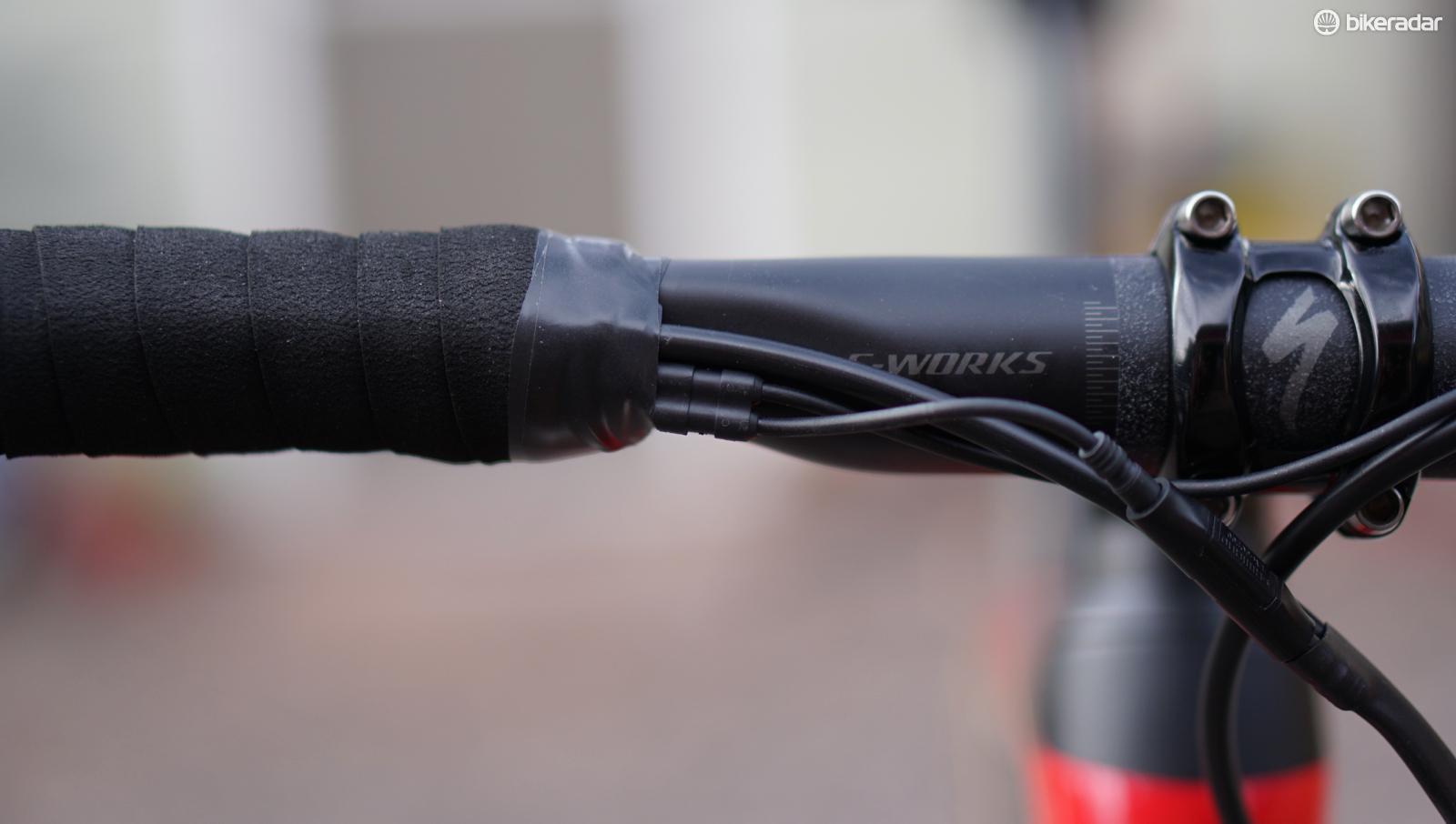
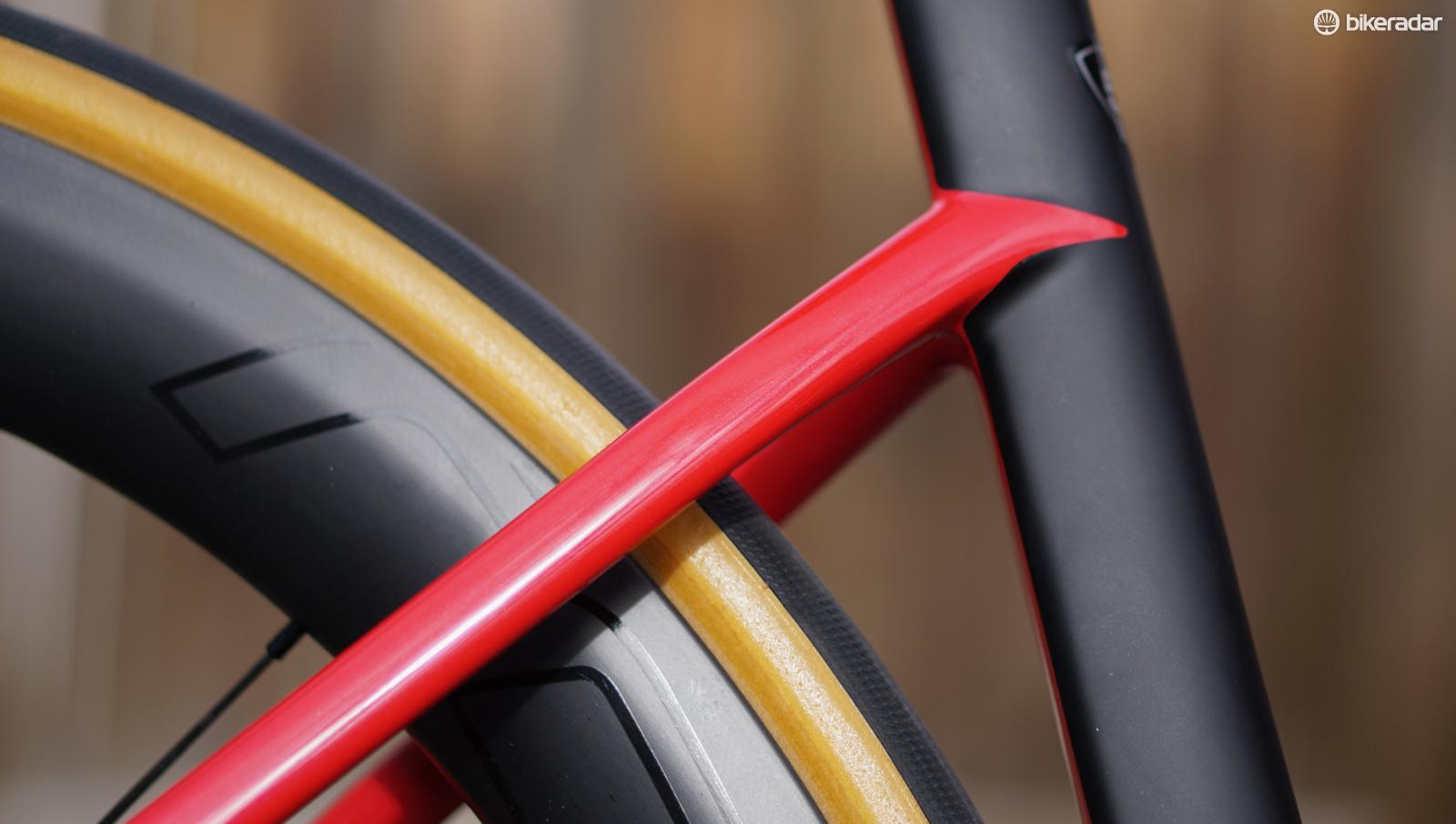
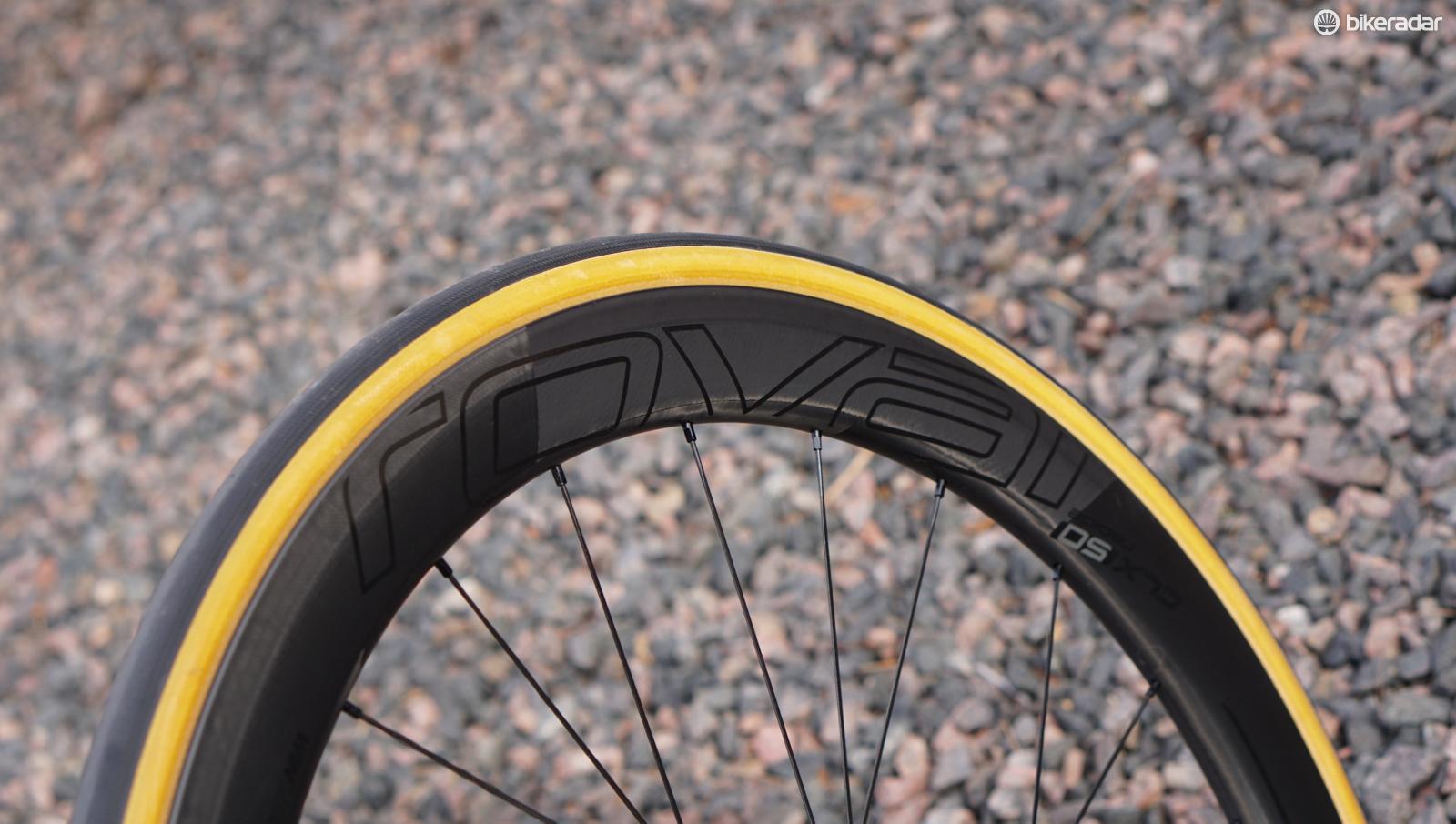
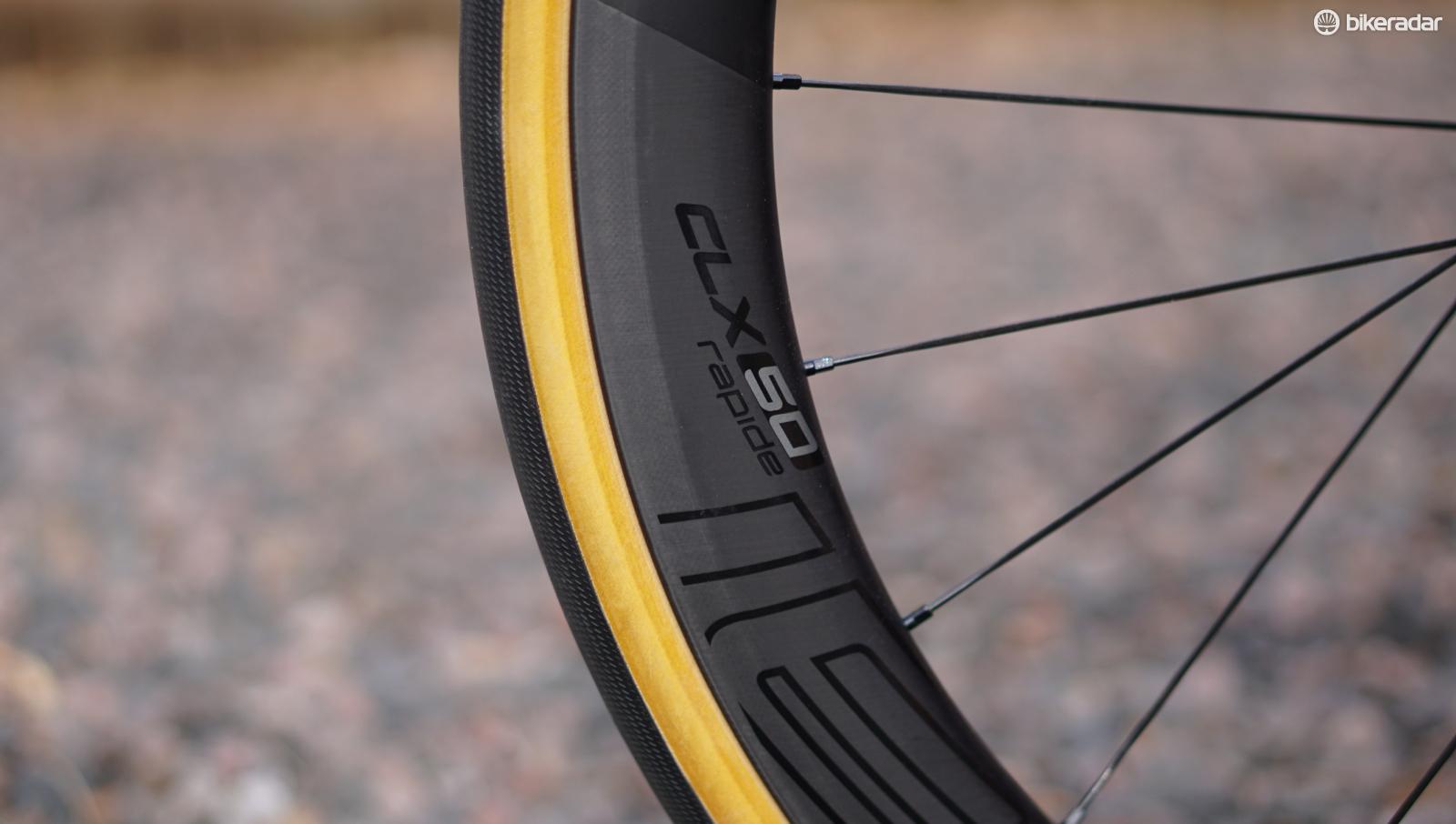
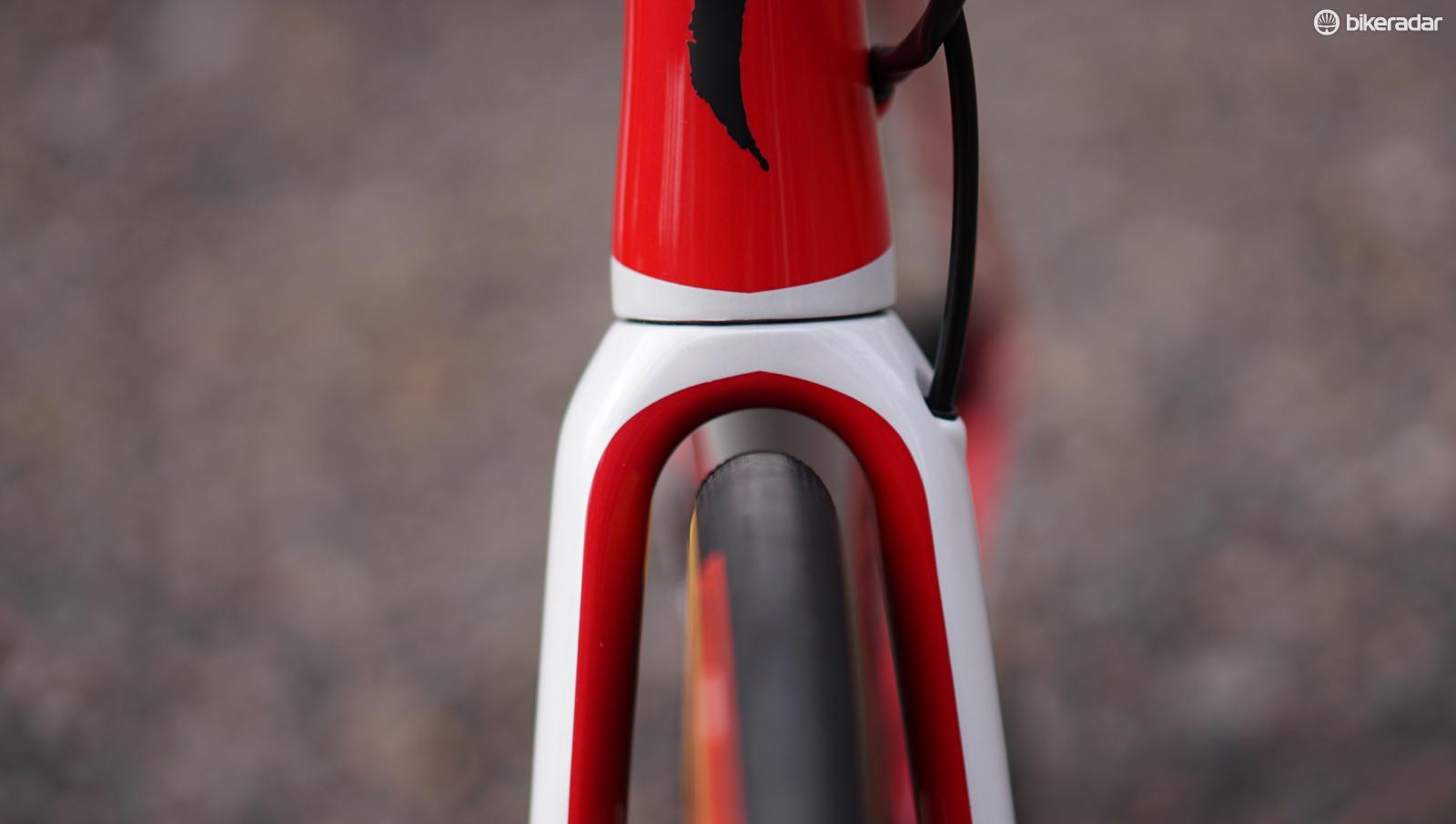
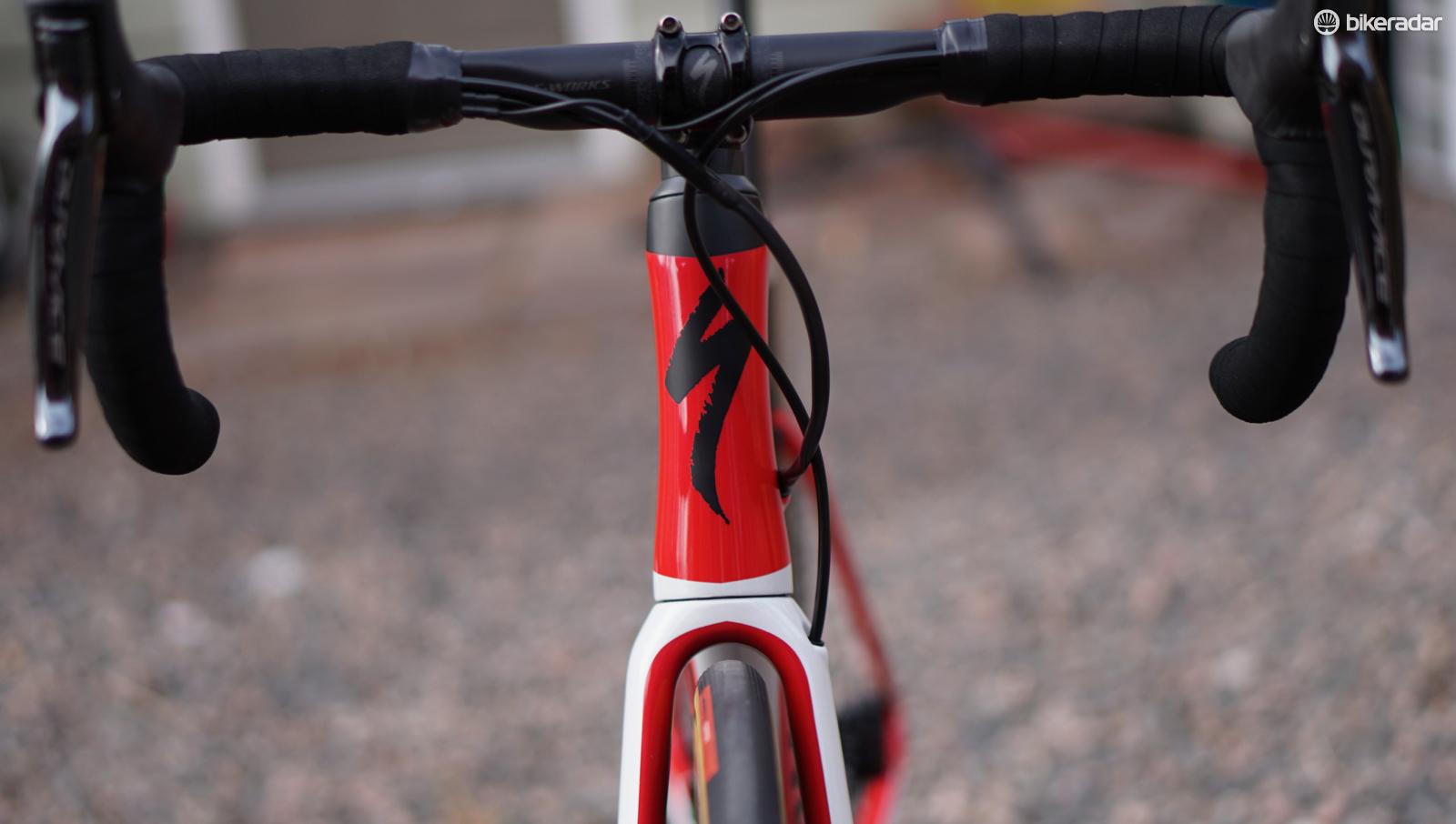
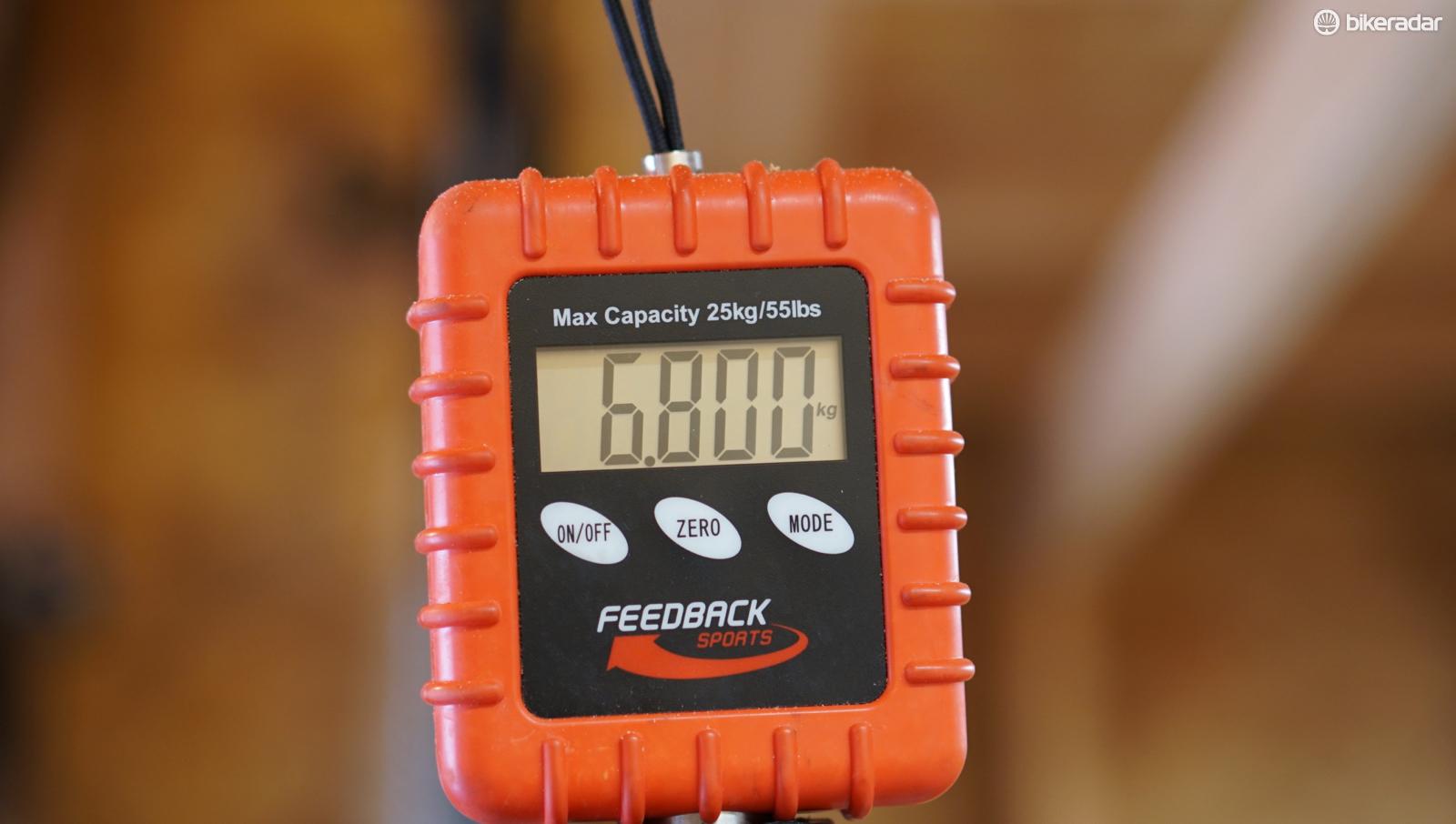
This article originally appeared on BikeRadar
BikeRadar Verdict: "Redefines 'house brand' quality with high-end Specialized parts - including a power meter"
Highs: Crisp handling, comfortable ride, top-shelf hydro/digital 9170, integrated power meter — ready to train and race without modification
Lows: Price, meter is a good tool but not perfect
Buy if: You love the Tarmac ride and want an elite power-meter-equipped disc race bike
The Specialized-branded power meter may be the headline, but the main story here is that the Specialized Tarmac SL6 Disc comes dressed head-to-toe in house components that meet, if not exceed ,the quality of many specialty brands.
Oh, and the bike is a delight to ride, too, with its well-honed race geometry now complemented by a slightly softer-riding rear end and enhanced aerodynamics, plus Shimano's impeccable Dura-Ace 9170 hydraulic/Di2 group.
- Shimano Dura-Ace Di2 R9170 review
- Full stop: road disc brakes take over in 2018
- Alpine delight: BMC Teammachine SLR01 Disc Team review
Specialized is redefining what a 'house brand' can mean as a top-level contender with this bike. Not only in the cockpit components or its well-known saddles and tires, but now, notably, a power meter. Specialized is the first bike brand with its own meter to come stock on a bike.
Specialized Tarmac SL6 Disc highlights
- Shimano Dura-Ace 9170 group, with 52/36 rings and a lovely 11-30 cassette
- Size-specific frame and fork layups
- Claimed to be as aero as the original Venge
- 30mm tire clearance (comes with 26mm S-Works Turbo clinchers)
- Claimed 14.65lb / 6.65kg weight for 56cm with the lightest paint (test bike is 14.99lb with standard paint and saddle with metal rails instead of carbon)
- Specialized-branded Power carbon-arm power meter with left/right data
- Roval CLX 50 wheels with CeramicSpeed bearings
- Redefining 'house brand' quality

Dropped seat stays are a trend in performance race bikes
Every piece of the equation — including dialing in the rider
We'll get to the bike as a whole shortly, but first let's look at the individual pieces.
The story here is how Specialized — like Trek, Cannondale, Giant and others — is making top-level components. Aside from the Shimano group, everything on the bike is Specialized.
With the Retül fit brand now part of Specialized, the California company not only takes care of the touch points — saddles (and shorts), bars (and tape), and shoes (and insoles) — but also how every element in the man/machine equation comes together.
For this review, I went through the Retül process with co-founder Todd Carver, who estimates he has done 7–8,000 fits in his career.
The last time I had a Retül fit was before an Ironman, where I had no clue about what a proper triathlon position should be. Retül put me higher and much further forward than I had been, resulting in a much more comfortable position and an age-group second place on the Ironman Boulder bike leg. (I was pretty much last in the swim!)

While Retül co-founder Todd Carver didn't change my bike setup, he did scoot my shoes slightly forward on the pedals. Retül uses its own motion-capture software for fits, with each key point marked on the body and tracked in 3D
For road fits, however, I do have a clue about what works for me and what doesn't. Todd didn't change anything from my normal bike dimensions (120mm stem, 10mm drop), but he did change my cleat position, scooting my feet forward on the pedals about 8mm and then moving my saddle forward the same amount.
I have always centered my cleats under the ball of my foot. Todd suggested centering it between the ball and the fifth metatarsal (the bony protusion on the outside of your foot).
How Specialized parts stack up
The cockpit components — the S-Works carbon shallow bar, the alloy stem and the Tarmac seatpost — are on par with the best out there. I would happily run a Specialized seatpost or handlebar on any bike.
As for the stem — can you really tell a difference in top-end alloy stems? I can't. The stock shallow bar has a slightly flattened top section, which I like as it dispersed pressure across the palms, and the drops also have a subtly flattened contact patch with your hand.
For saddles, Specialized not only meets but beats the majority of the options out there on the market. I used my tried-and-true Power Pro for this test. The stock S-Works Ronin is also an excellent option that works for many riders. Specialized offers most saddles in multiple widths, and the Retül process will dial you in if you don't already have a favorite.

Ovalized bars can be tricky as they add another fit element to consider when setting bar and shifter angles, but dispersing pressure across the palms is generally a good thing
For wheels, you have the Roval CLX50 carbon clinchers. The first carbon clinchers I ever rode were Reynolds-made Rovals — and they both failed from heat delamination on steep and windy mountain roads in Spain. That was years ago, and Specialized has since invested heavily in its own R&D and production.
Now I believe they are roughly on par with the likes of a Zipp or an ENVE. BikeRadar's experience with Roval wheels in general has been that they are often a little lighter than the competition, but not always as durable.
In terms of aerodynamics, that is pretty darn hard to judge. I am of the mind that while general categories are easy enough to differentiate (deep wheels absolutely feel faster than box-rims), similar aero rims are very hard to tell apart by pedaling around.

Roval is Specialized's wheel brand. The CLX 50 Rapide is, as you'd expect, 50mm tall
Lightness you can certainly feel; a lighter rim has tangibly less inertia than a heavier one when accelerating. Stiffness you can also feel, although that is a loaded subject. But outright speed? You really need a wind tunnel, and even then, what is 'fast' is determined by what parameters you define fast to be.
For instance, is 'fast' the lowest head-on drag? Or the lowest 15-degree yaw drag? A weighted average of 25 points? Weighted how?
Bottom line on the wheels: they feel quick and offer a gratifying sail-like effect on blustery days. On a recent ride, the winds were steady at 20mph with 40mph gusts. I was still able to ride in a group aggressively but mindfully (both hands on the bars at all times!). There was no quick-slap shimmy like an old Spinergy wheel or pointy rims, but they still felt a touch wiggly compared to a Zipp 454 or an ENVE SES.
I would confidently race these wheels against anything else out there of similar depth.

Specialized SWAT cages don't come with the bike, but it's a good idea to have a multi-tool attached to the bike so you can get the wheels off
For tires we have the Specialized S-Works Cotton Turbo, in 26mm. Here, Specialized is as fast as any clincher out there. We tested them against the world's best at Wheel Energy. Specialized has hired staff from Continental Tire, and the results show.
Anecdotally, I got a lot of positive comments on the sidewalls. The tires are supple and feel great to ride — but decently durable considering how thin they are. I rode them on dirt a fair amount on this and four to five other bikes, and have had maybe four flats over 2–3,000 miles. I usually ride them at around 90psi. (I'm 185lb/84kg.)
Specialized S-Works Power Meter
A race bike that costs this much should come with a high-end power meter. Specialized already had been selling some bikes, such as the S-Works Venge, with a Quarq power meter, a move I would love to see other companies follow. Now Specialized has partnered with manufacturer 4iiii for its own carbon meter.
Specialized claims it to be the world's lightest and most accurate power meter. I won't argue with 'world's lightest' when the whole crankset is taken into consideration, but 'world's most accurate' isn't quite accurate.
I found it to be a reliable training tool that tracks closely with other trusted meters, but small fluctuations in left/right measurement run contrary to 'world's most accurate'.

Specialized will be selling the Power cranks as single-side and dual-sided meters
You can read more about the development of the power meter here.
I tested the meter against Garmin Vector 3 pedals and a Wahoo Kickr trainer. Testing one meter against one or more other meters by no means is a perfect test — who is to say which if any is correct? — but it can reveal some trends.
I used the Garmin pedals and Kickr smart trainer because I have found them to be reliable against other known meters, and for the practical reason that they measure at different places on the bike and therefore can be used at the same time.
Compared to these, the Specialized meter tracked along nicely, with total wattage rising and falling in parallel with the other two. It tended to read just a few watts higher, but that's not to say it is incorrect. What was incorrect was how sometimes the left/right balance would be askew.

The Specialized Power meter (bold line) tracks well if a touch high against dependable meters like the Garmin Vector 3 and Wahoo Kickr (fainter lines). Average power for this 50-minute session was 144w to the Vector 3's 141 and the PowerTap's 140
- Garmin Vector 3 initial power comparison review
- Wahoo Kickr smart trainer review
- Shimano Dura-Ace R9100-P power meter review
And here lies the trick with left/right meters; all meters have a small variance, and getting two meters to align consistently is no small feat.
Over years of riding with meters, I am accustomed to seeing between a 50/50 and 52/48 balance over the course of a ride. (You can see a wider split on any left/right in just a few seconds of super-easy pedaling, but once you start actually riding most people balance out.) So, anecdotally, seeing 55/45 splits makes me suspicious, especially when the Garmin Vectors report within that expected range on the same ride.
The second thing that bugged me about the Power's left/right readout was how single-leg drills would report more than 0 percent for the leg that was unclipped. It would vary between 0 and 5 percent; some days were better than others.
Specialized isn't alone with left/right imperfections, of course. I found a similar thing with two Shimano power meters. And the first generation of Pioneer meters would lose track of where in the cycle power was being measured.

On a longer ride, the total measurement tracked well, but the left/right balance drifted. This 7 hour ride showed 55/45 on the head unit and on TrainingPeaks (and 60/40 on Stages Link/Today's Plan!), compared to the Vector's more believable 52/48 on TrainingPeaks and the head unit (and 50/50 on Today's Plan)
I would guess that the carbon crank arms present a challenge. Stages Cycling, for instance, has a higher rate of imperfections on its carbon meters than its metal meters (which are caught in QC before they are shipped).
Specialized initially introduced the meter to the media last summer, but delayed the launch while some temperature compensation issues were worked out.
Bottom line on the meter: It appears to be a reliable unit for training and racing with good data overall, but the left/right information isn't the world's most accurate.
Ride quality — fantastic
The Tarmac's already refined geometry doesn't change much with the SL6 Disc, and that's a good thing. (The first Tarmac Disc featured Specialized-specific rear-hub spacing to keep the chainstays short, but this has been abandoned in favor of wheel compatibility.)
The bike is laterally taut and eagerly responsive. Its angles and dimensions are all race. The chainstays are 410mm — a mere 5mm longer than the rim-brake Tarmac. Otherwise the geometry is identical.
While the plush 26mm tires provide much of the cushioning, the long carbon seatpost helps out too, especially with its upper 10cm that has been tuned for more fore/aft flex than the rest of the post.

Each Tarmac size has its own layup, and fork taper. All the lower bearings are 1.5in across the size range
Compared to the Trek Emonda Disc, there isn't quite as much give in the rear, and overall the bike isn't as absorbent as the BMC Teammachine SLR01 Disc. Whether or not that's a good thing depends on your preference. Many riders like a bike with good road feel.
My bias going into this test was having always loved the fit and feel of the Tarmac, and that did not change.
Shimano Dura-Ace 9170 Di2 group with hydraulic discs
Speaking of bias, I do love the 9170 group. Shifting is perfect, customizable and never in need of adjustment. One-finger braking on the steepest of descents is always reliable. I can get the discs to squawk a bit on a succession of steep switchbacks, but certainly far less than any carbon wheel with rim brakes.
The hoods feel great, with a flat, smooth transition to the bar. I'd advise adding a small piece of tape over the hydraulic entry port before wrapping the bars, just to smooth out that one bump. You can program the top button on each hood to execute a shift function or, if you have a newer Garmin Edge, control your computer.

The new Dura-Ace 9170 derailleur tucks well underneath the cassette, even when in the 11t
I wish the group came stock with the D-Fly unit that allows for Bluetooth integration, and I'd also like to see sprint shifters included. But both of these can be added after the fact.
The 52/36 paired with an 11-30 cassette is ideal for me, a heavier, 40-something guy who loves to ride in the mountains.

How large, you say? 11-30t — and you better believe I used and loved that 30t cog
Verdict: An excellent, race-ready machine
If you want a cutting-edge race bike with discs, it will be hard to do much better than the Specialized Tarmac SL6 Disc. While 'house brand' components for years meant 'cost cutting measures', today brands such as Specialized and Trek are bringing high-end value to the proposition.
The Tarmac platform is tried-and-true, and you just can't do any better than Shimano's Dura-Ace 9170. Add in a stock power meter that you can race and train with, and it all adds up to a pretty compelling package. The price is sky high, but you knew that.
For me, the Tarmac Disc is one of the very best disc race bikes on the market.

The Specialized S-Works Tarmac SL6 Disc is easily one of the world's best disc race bikes